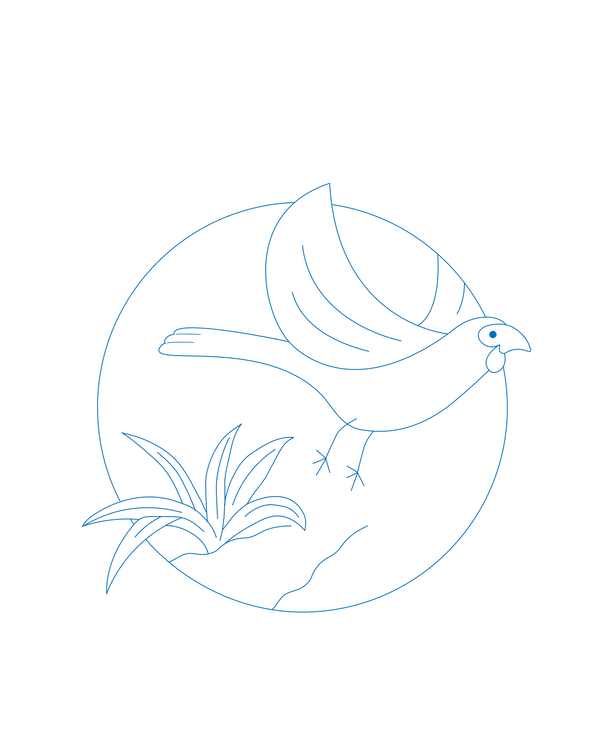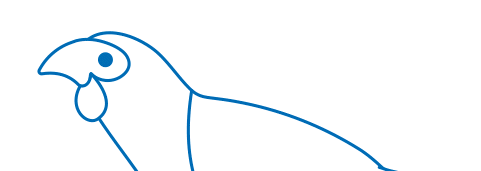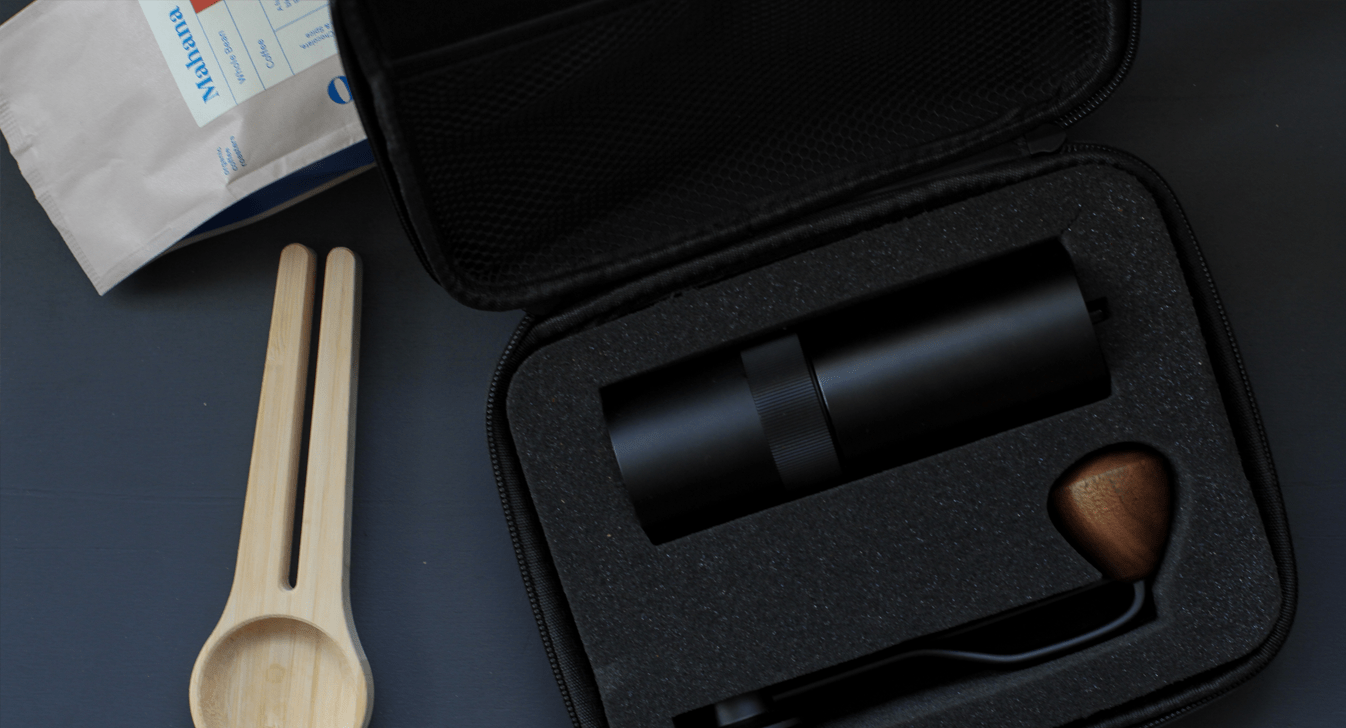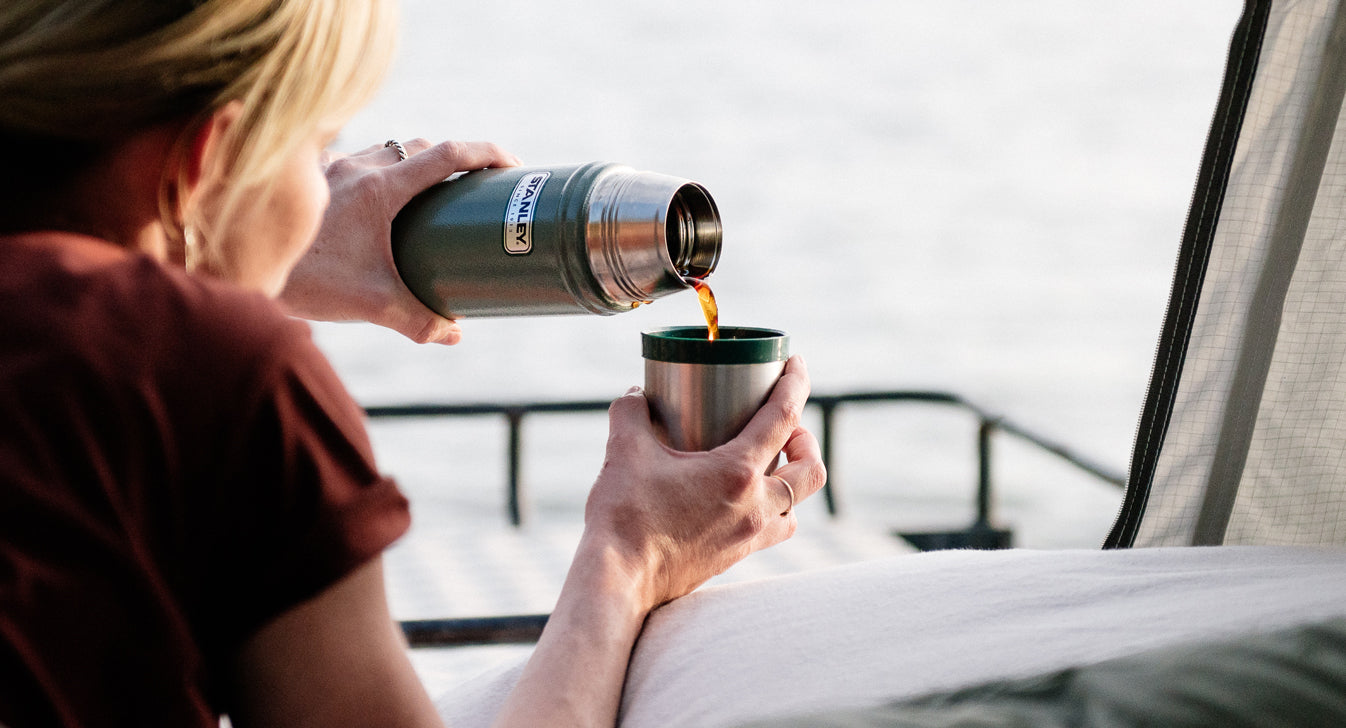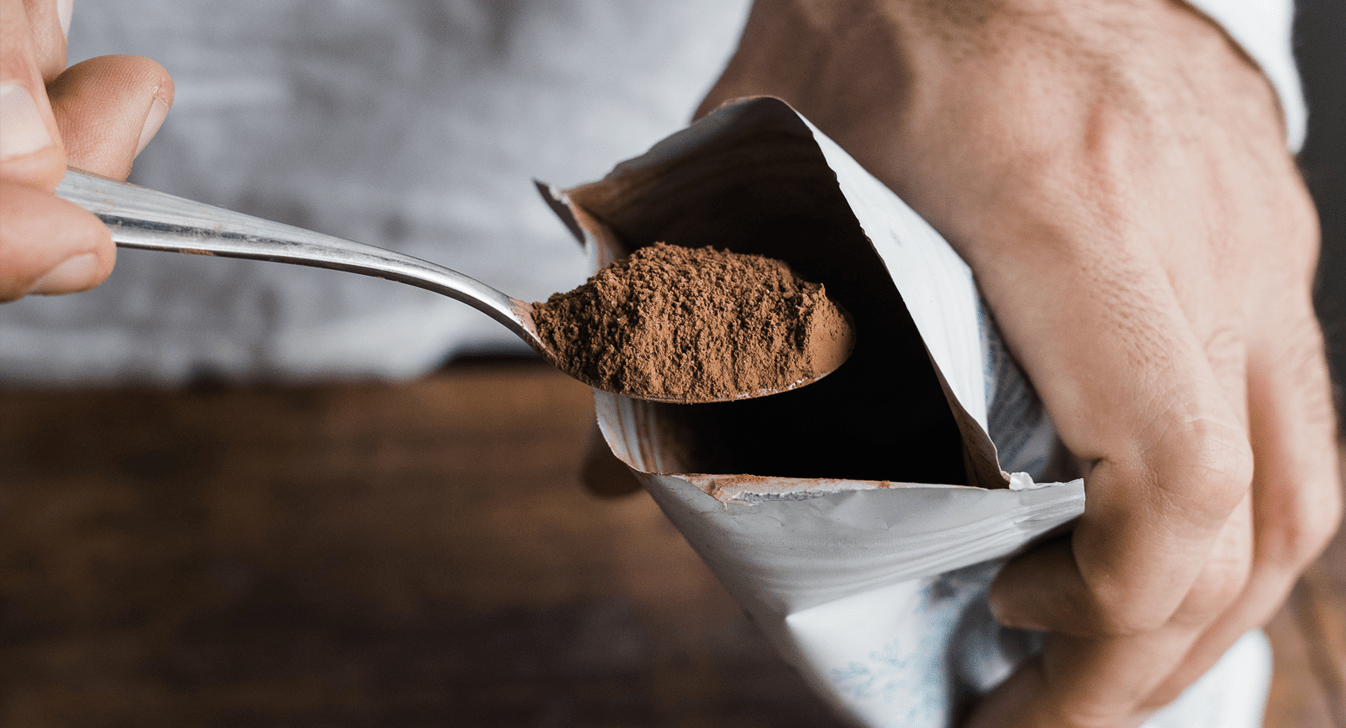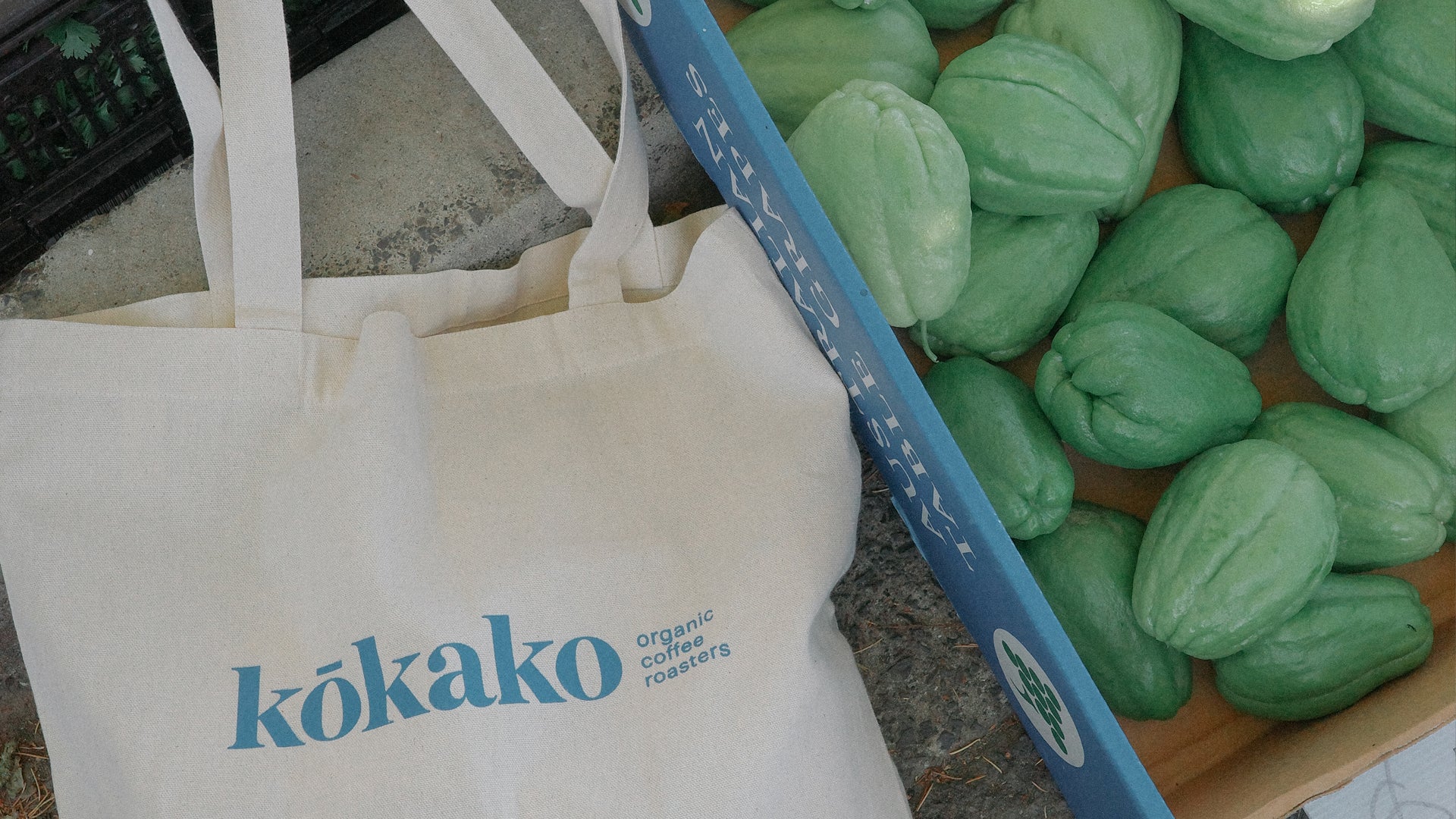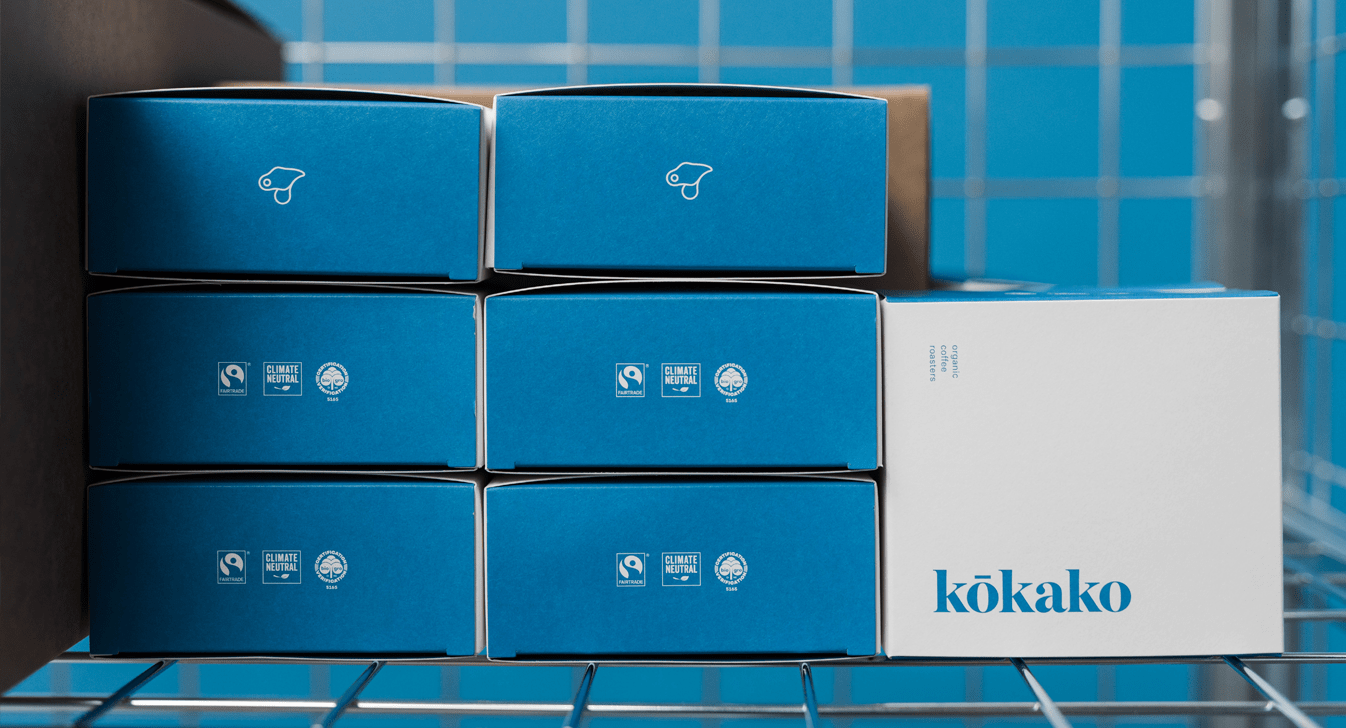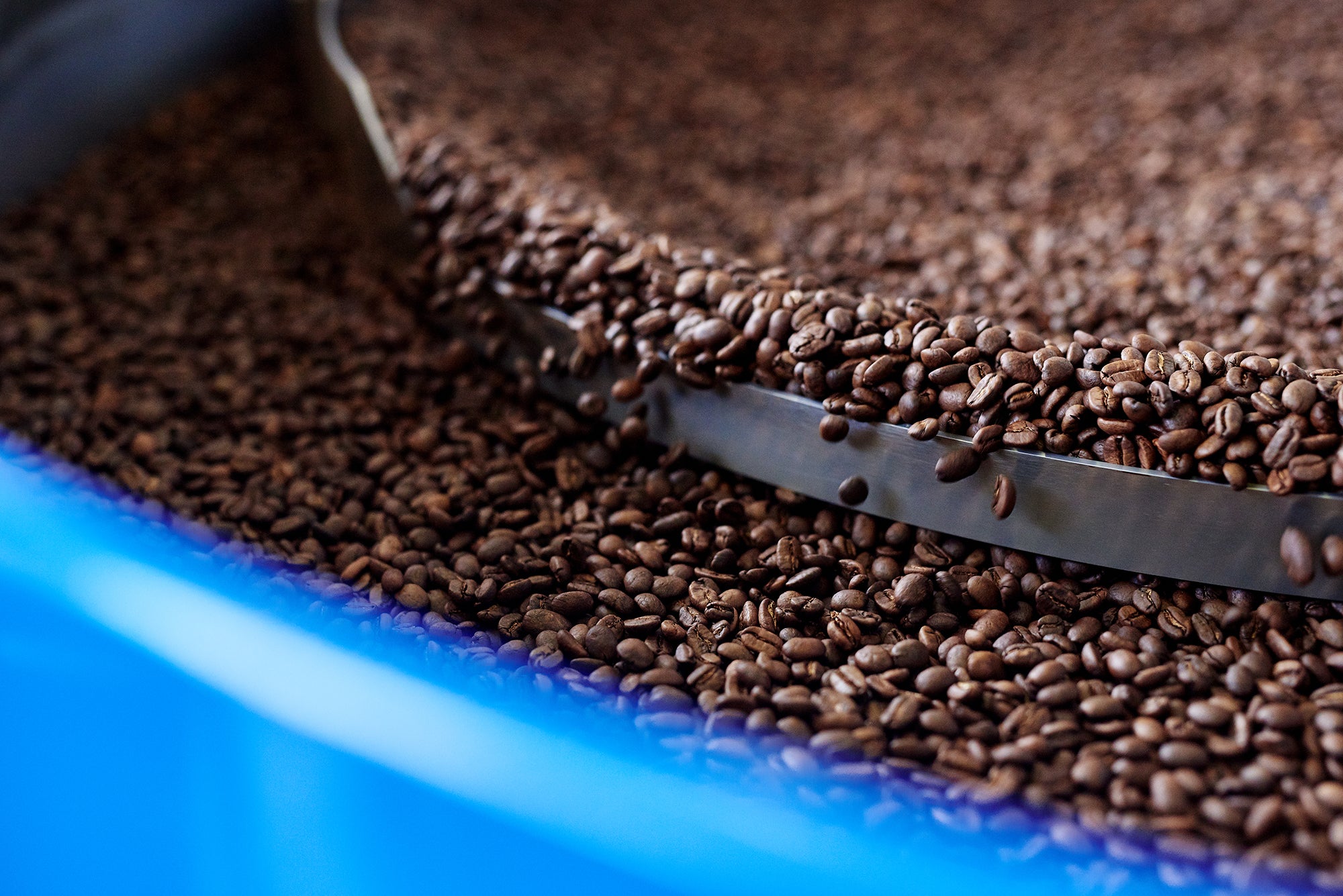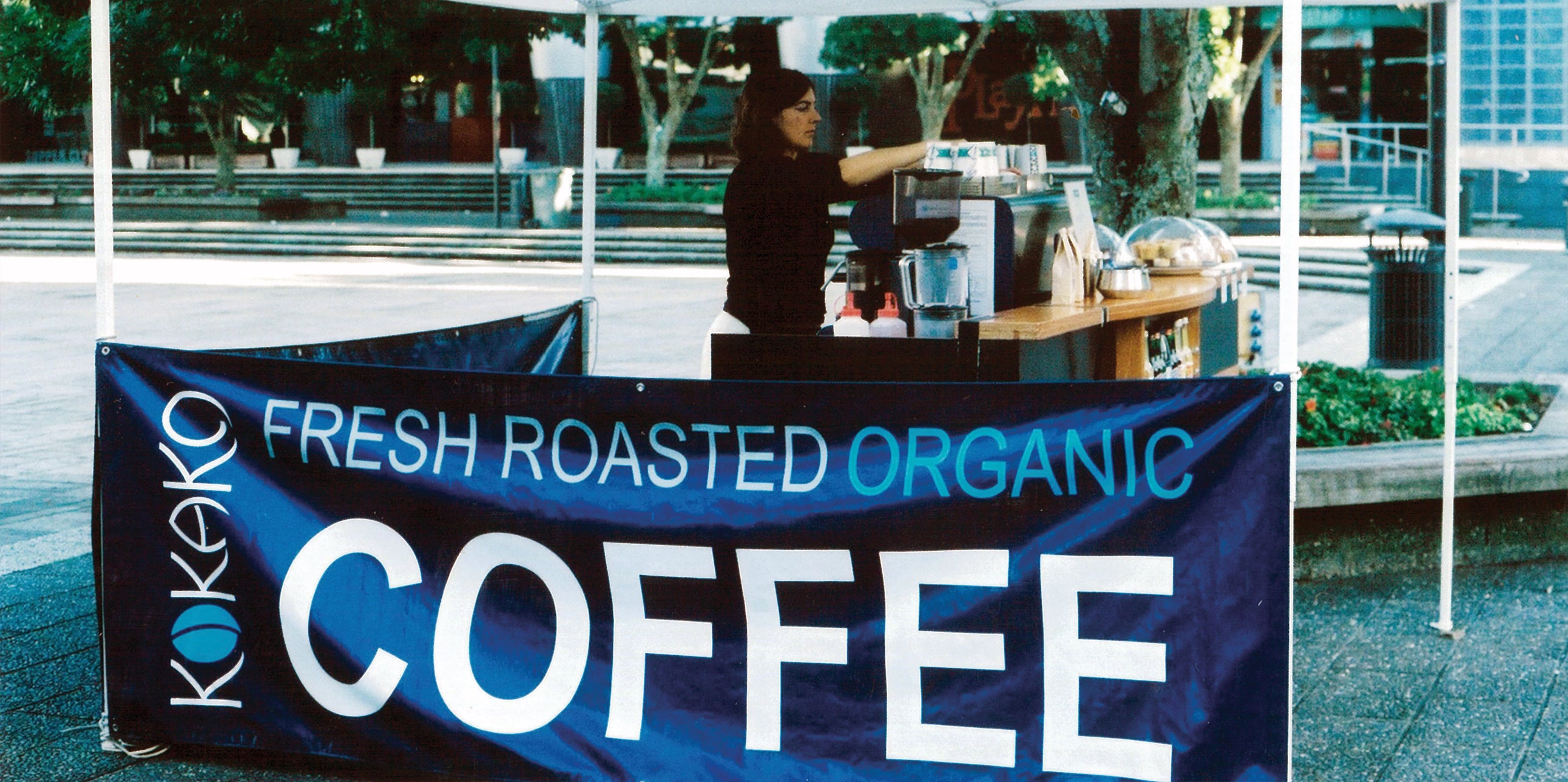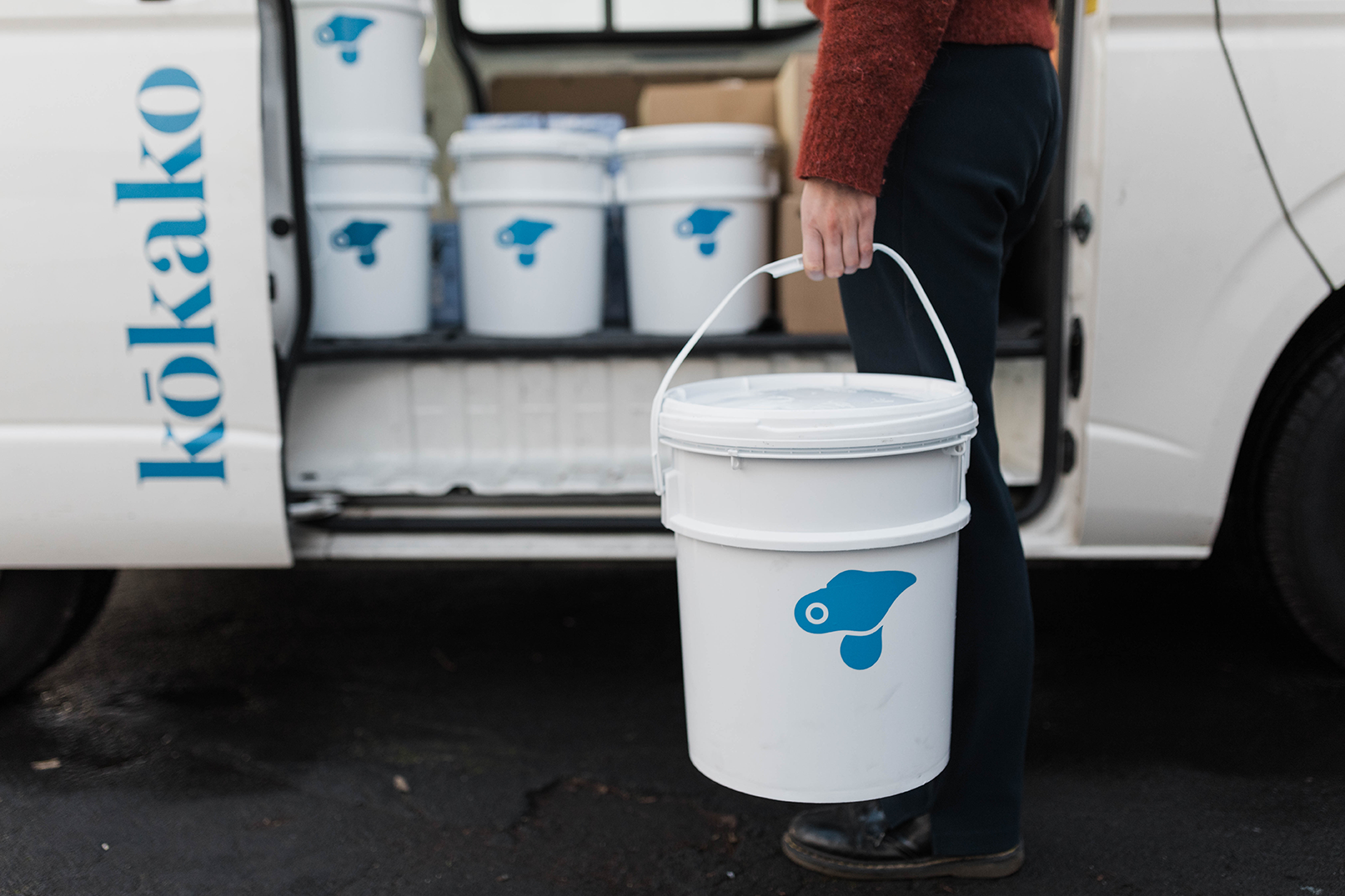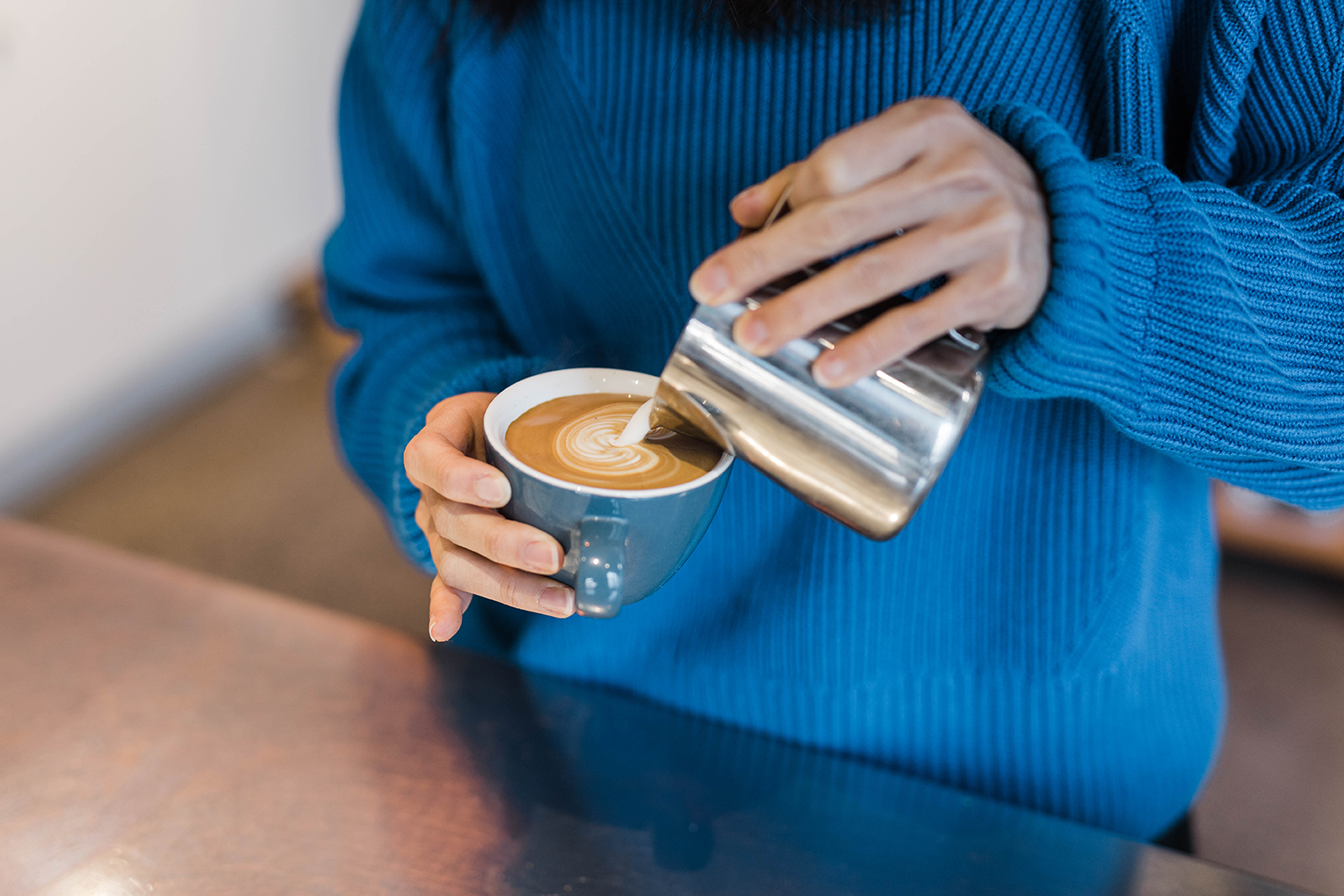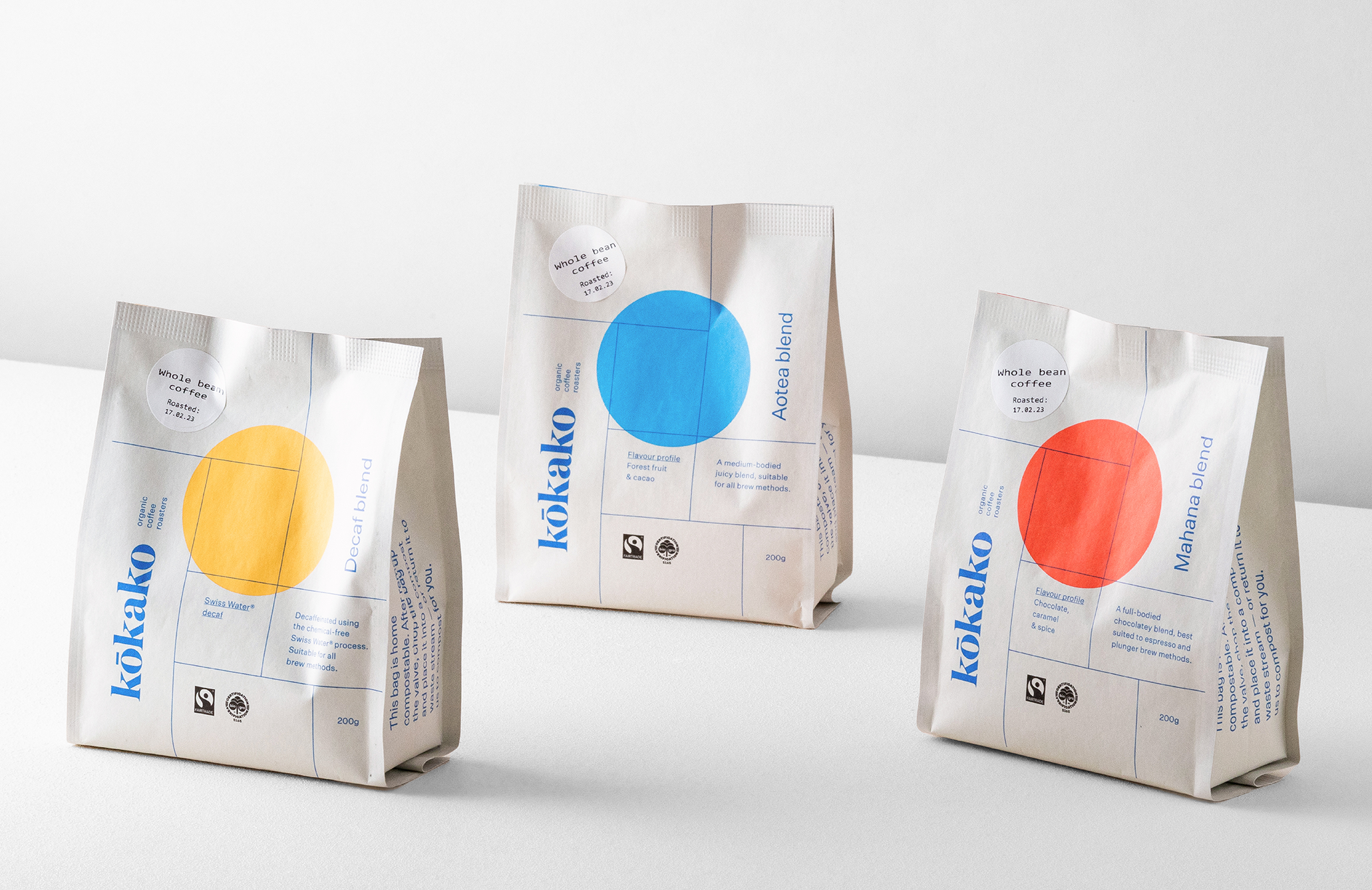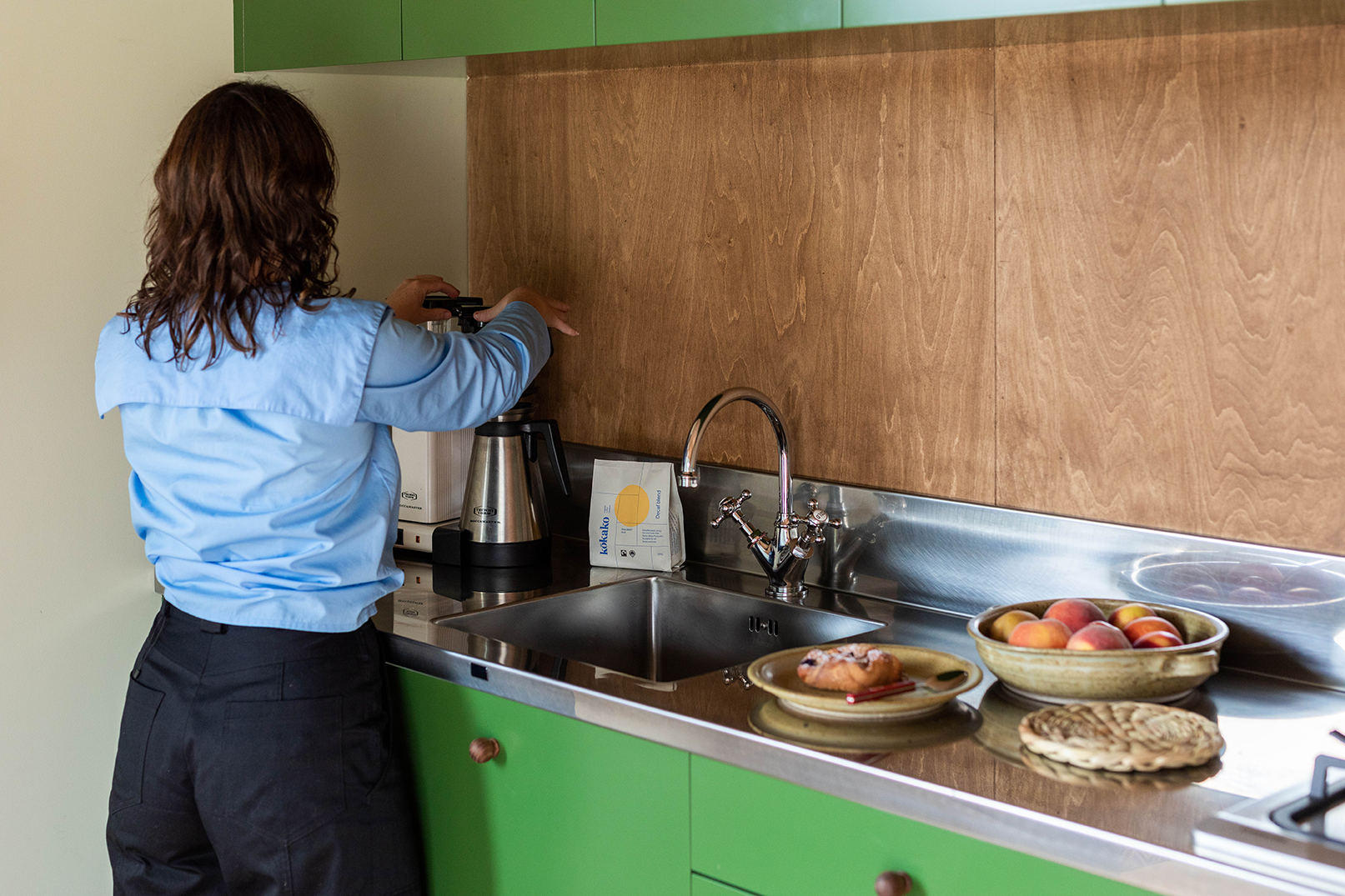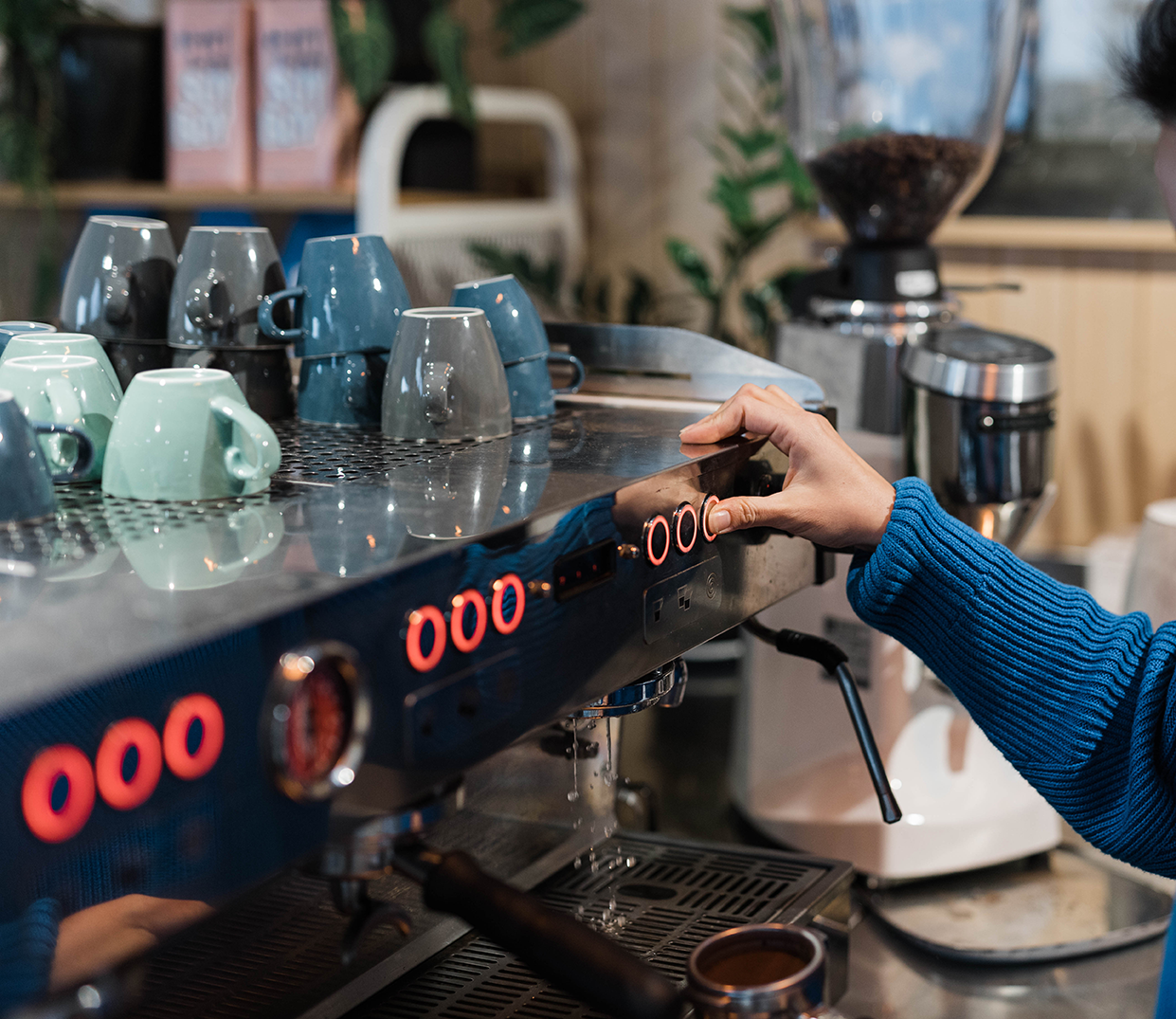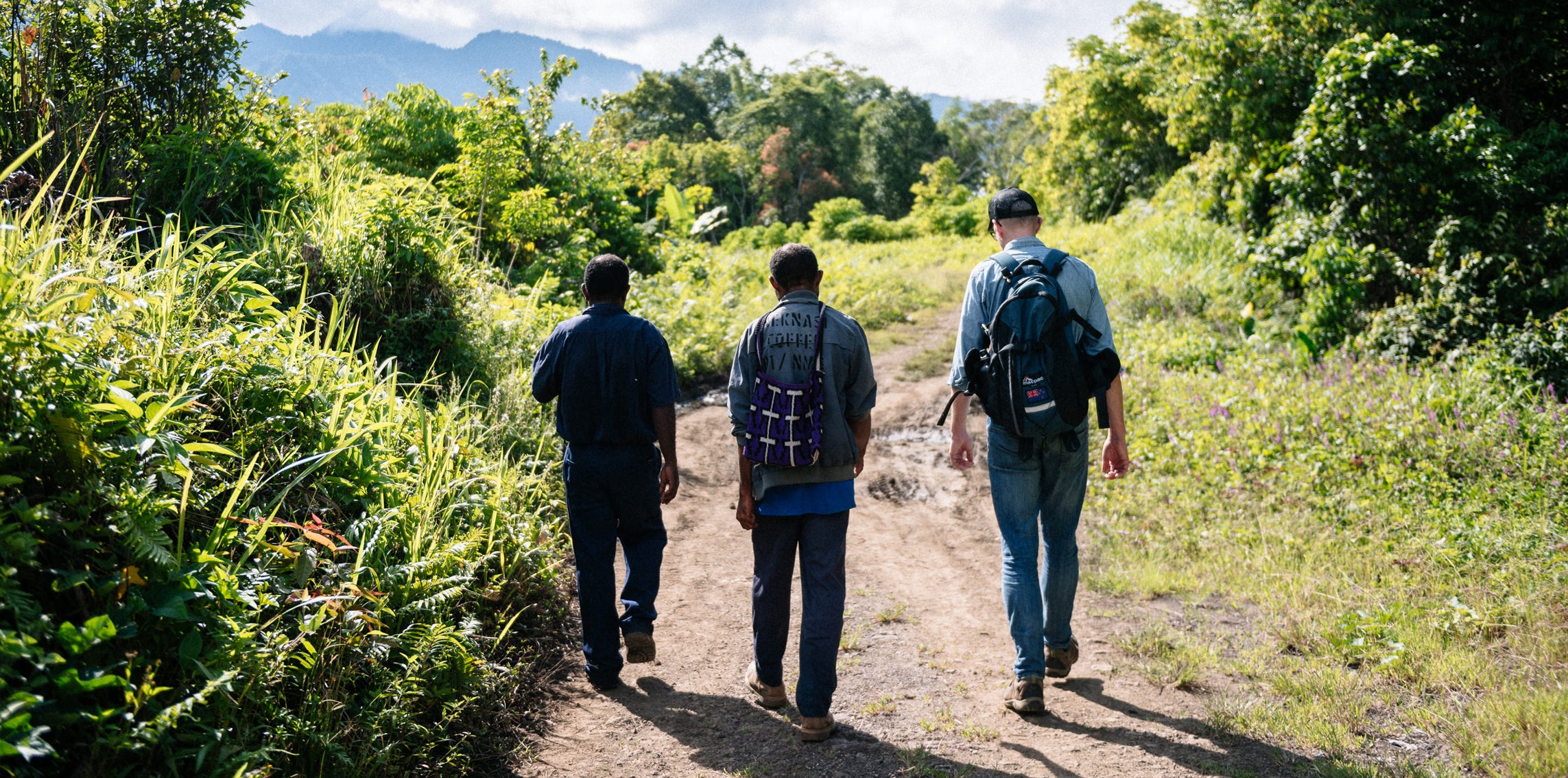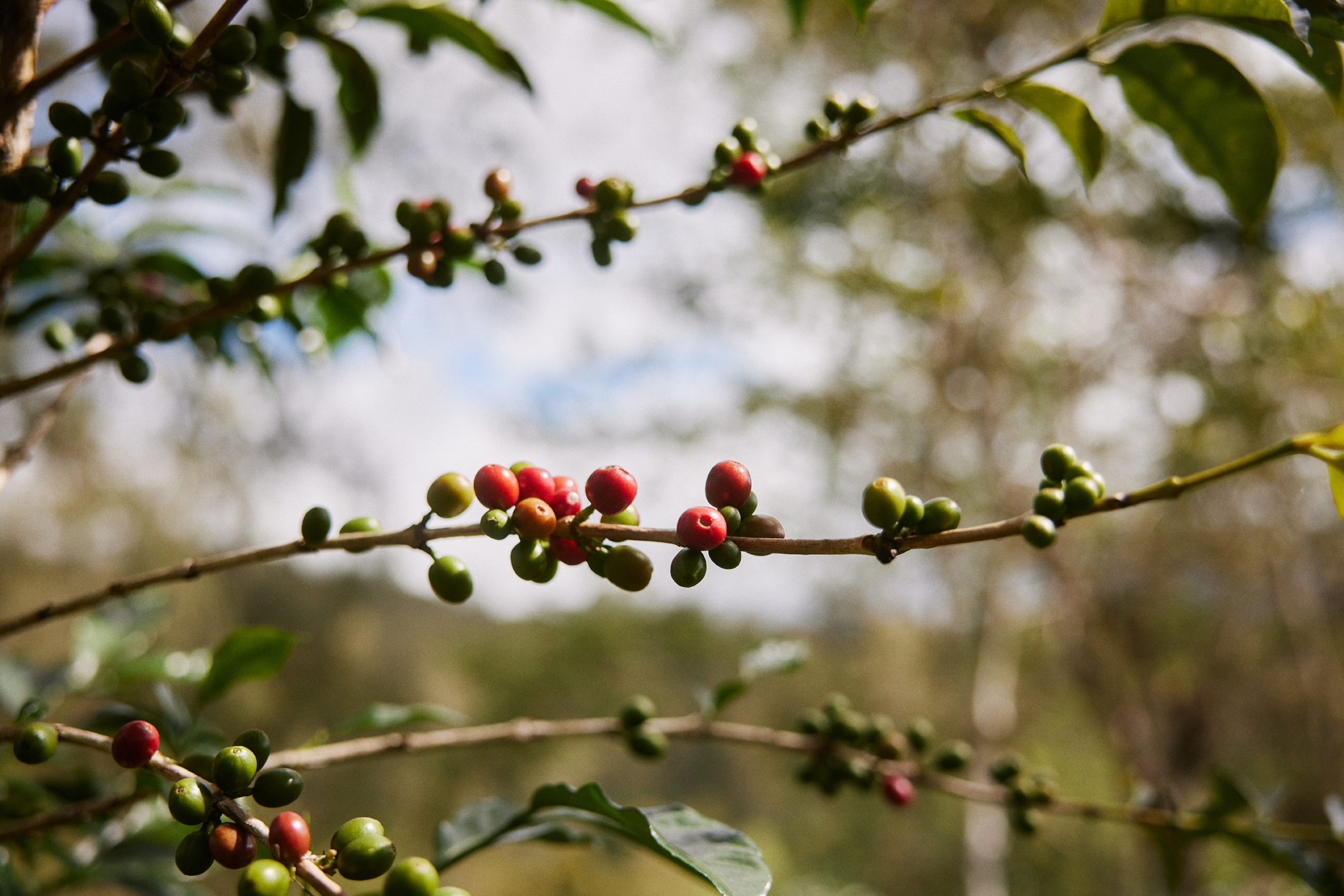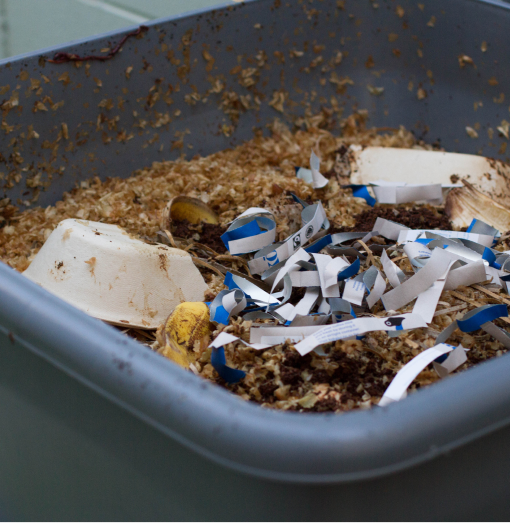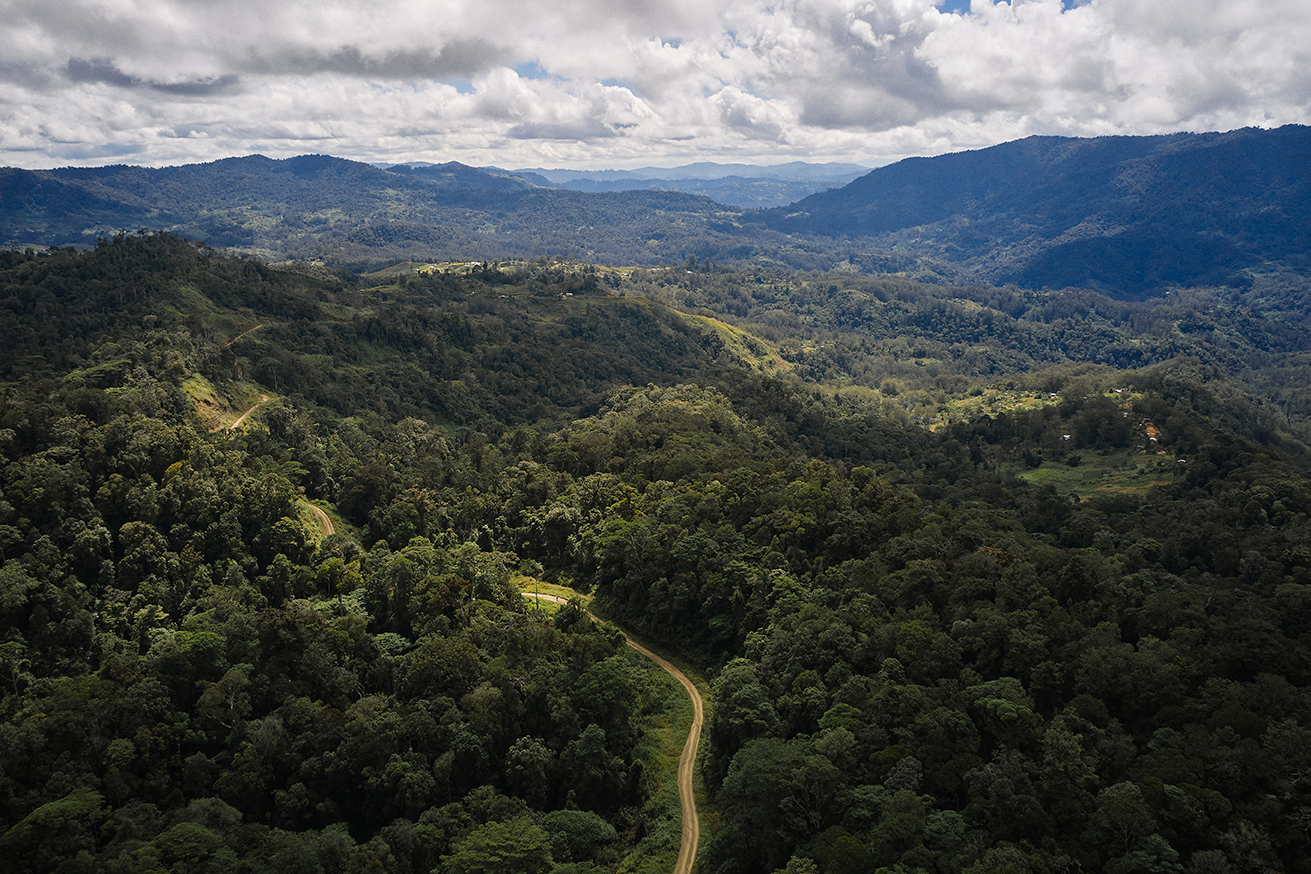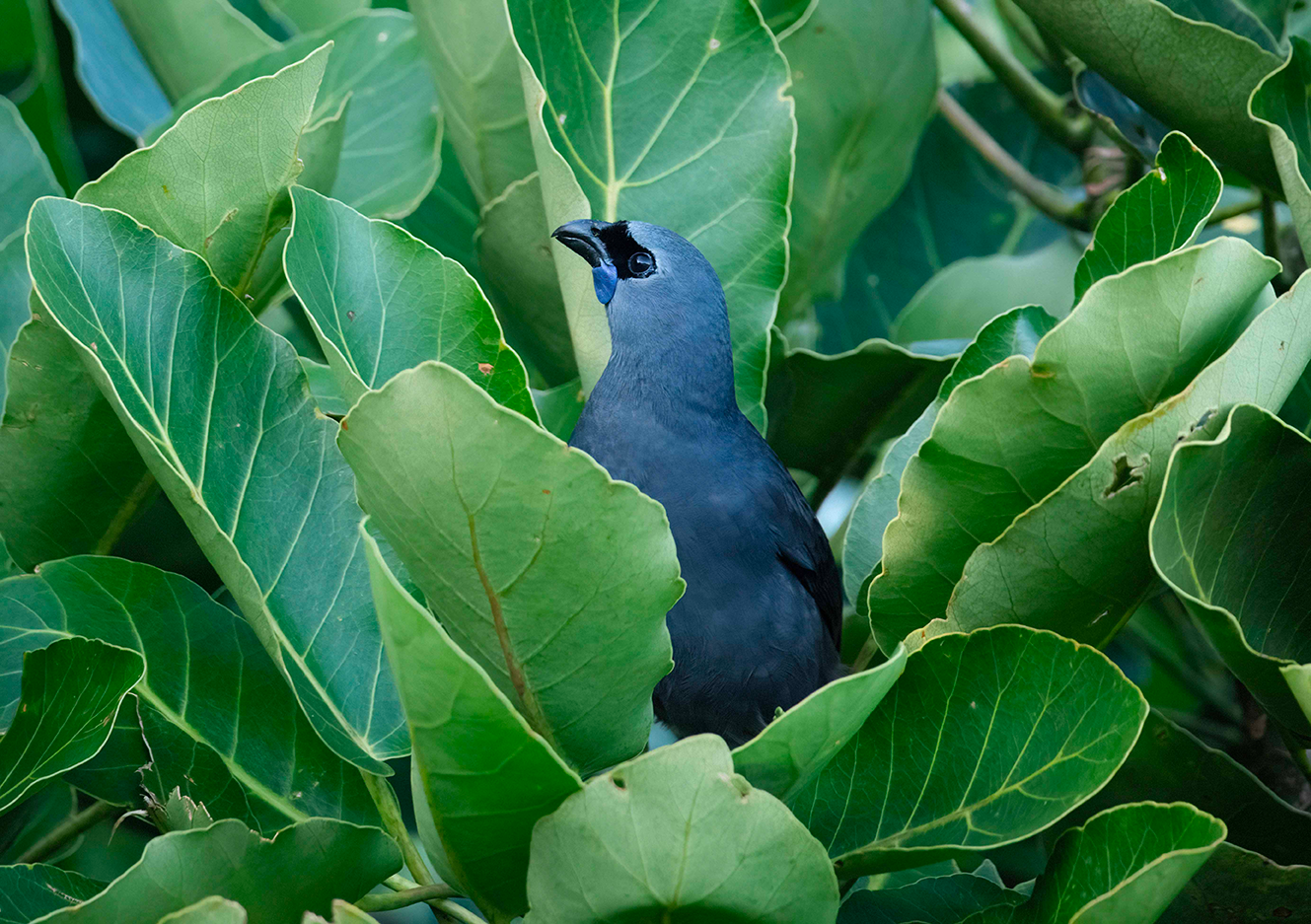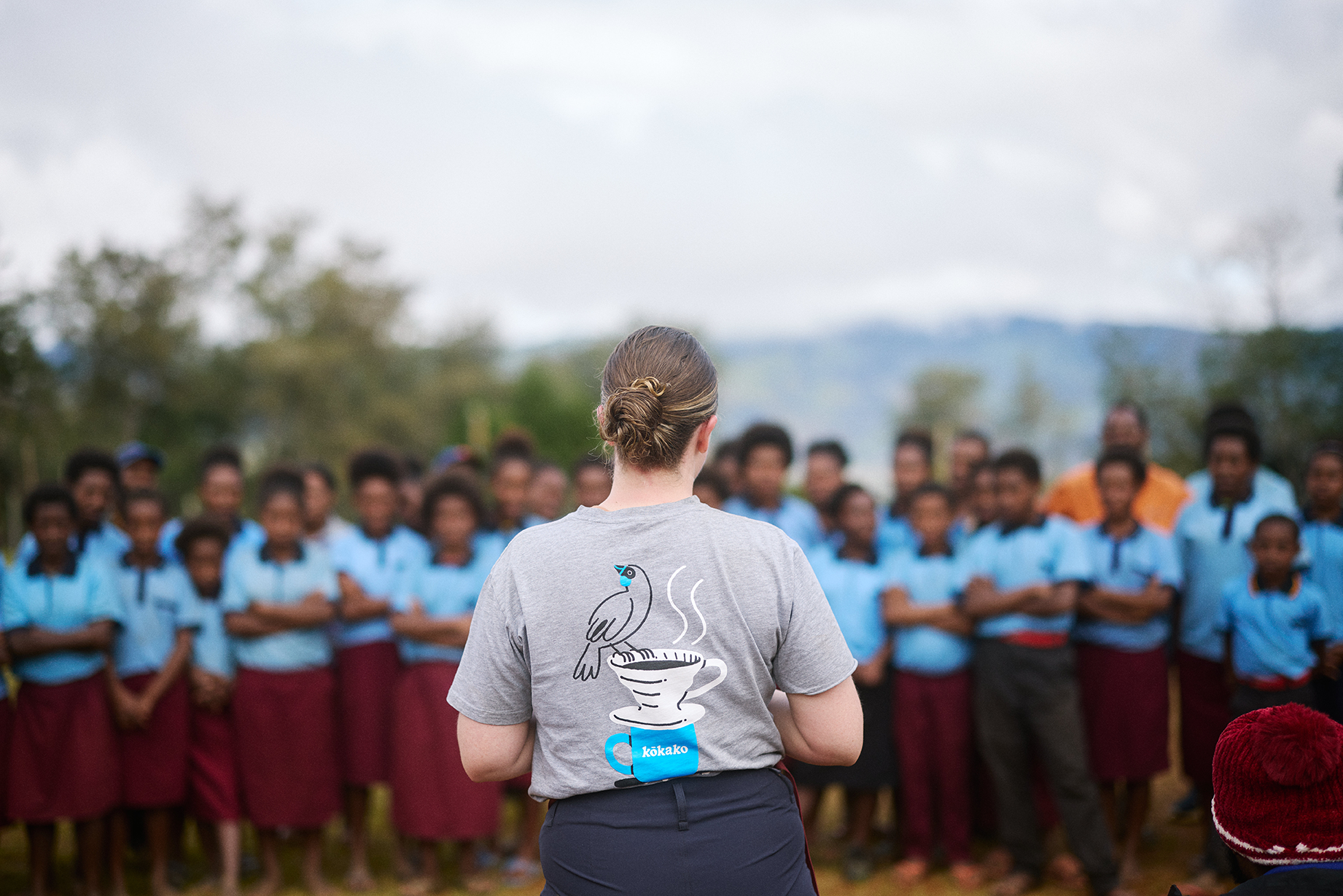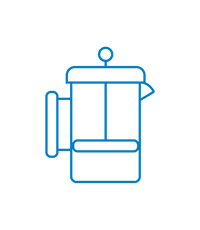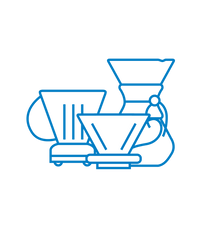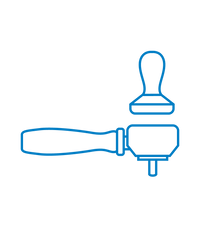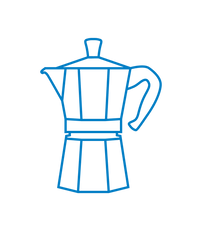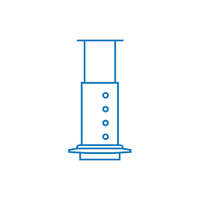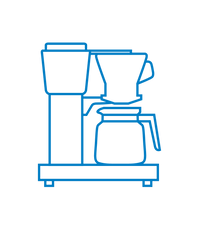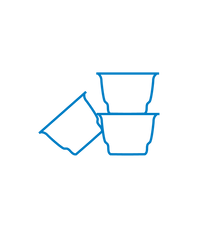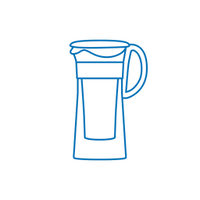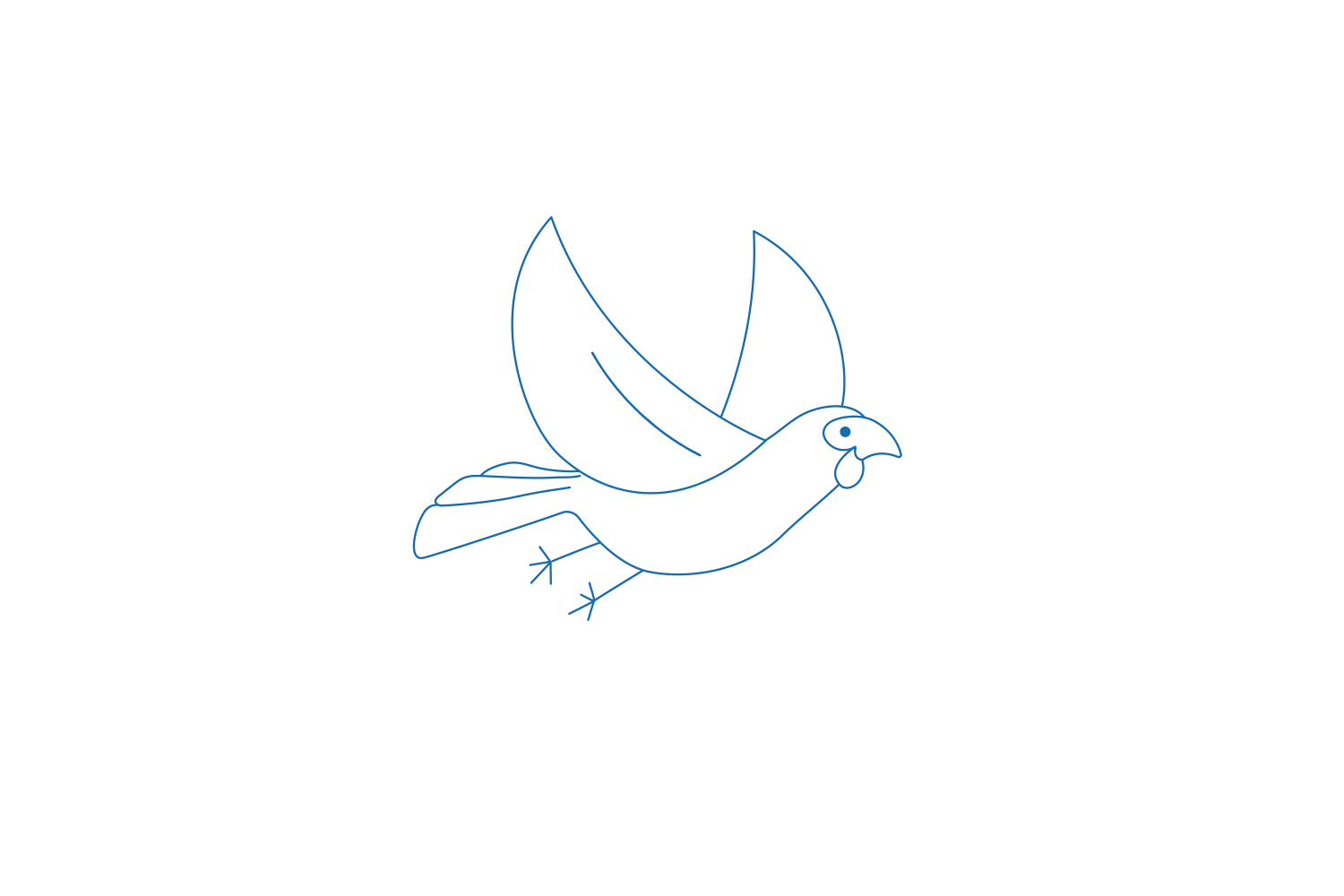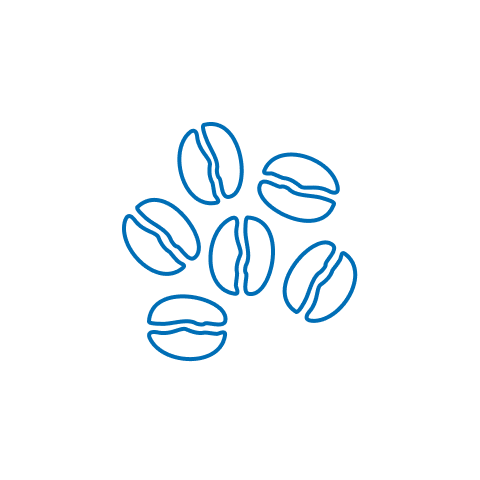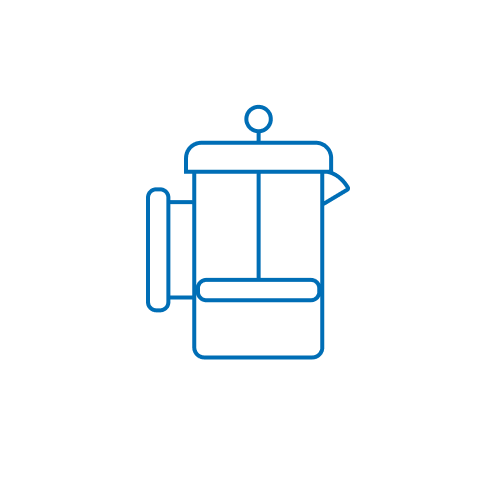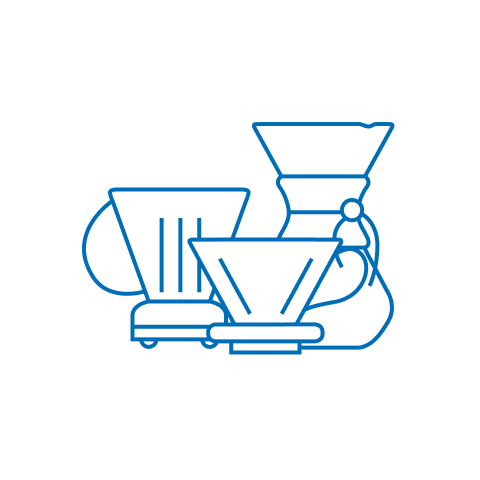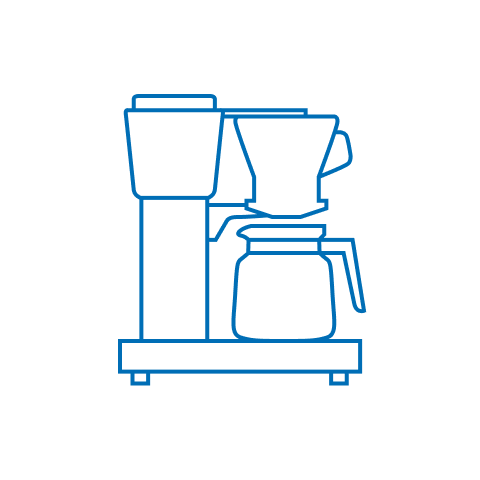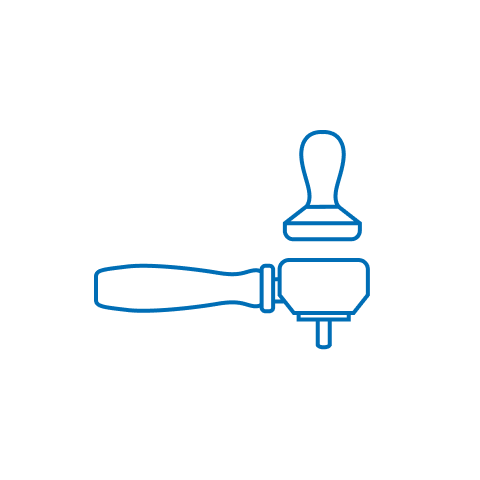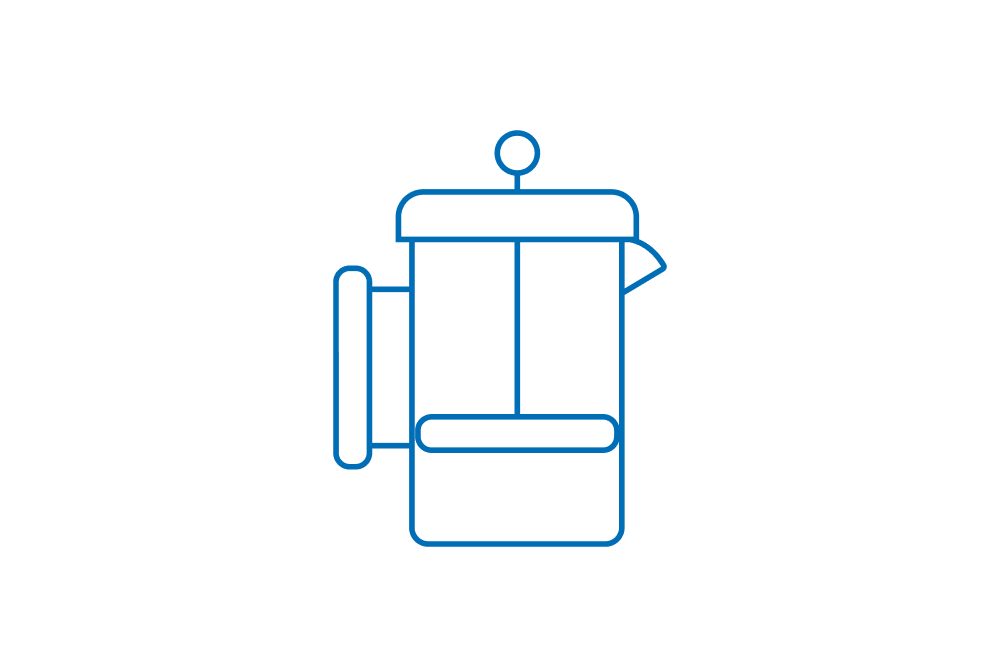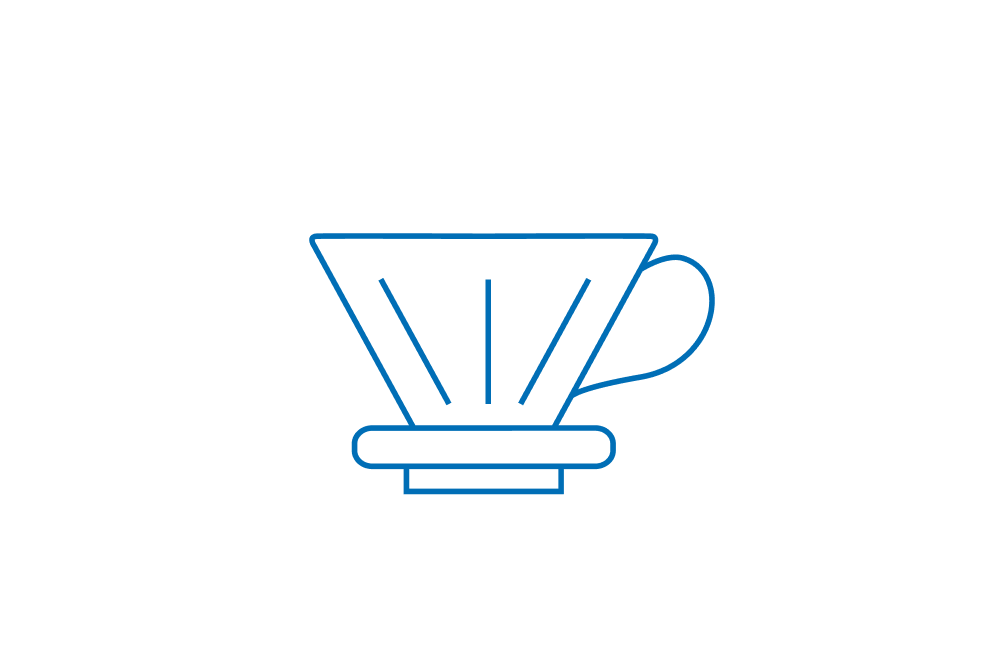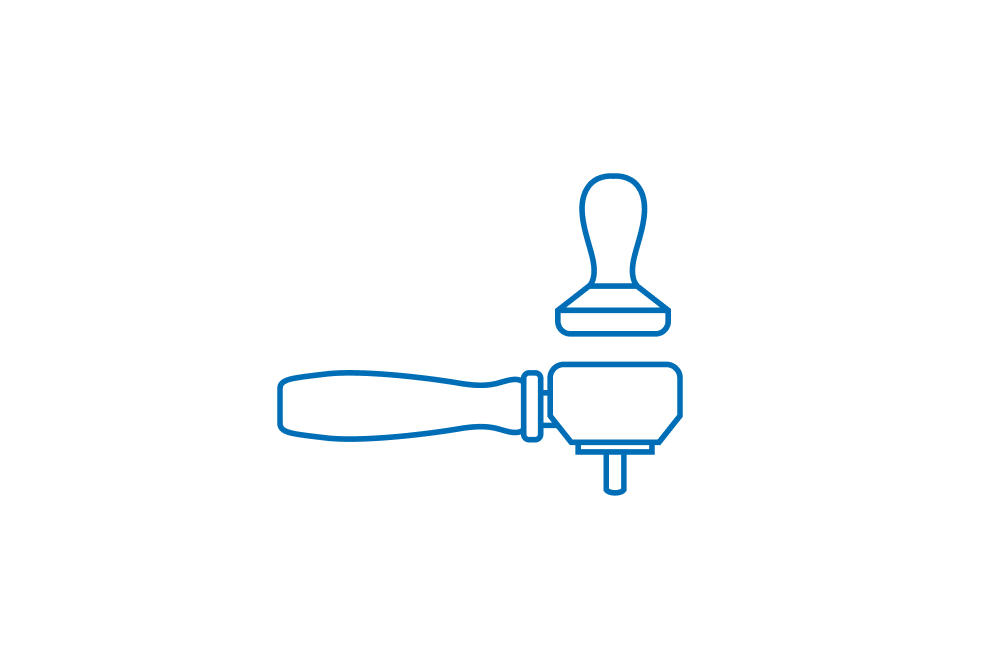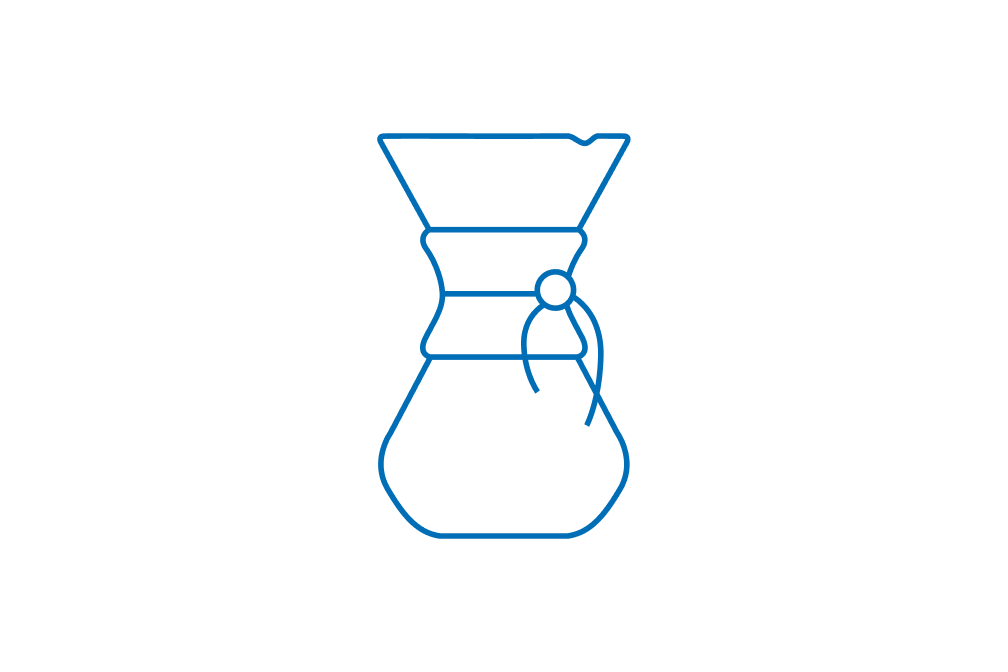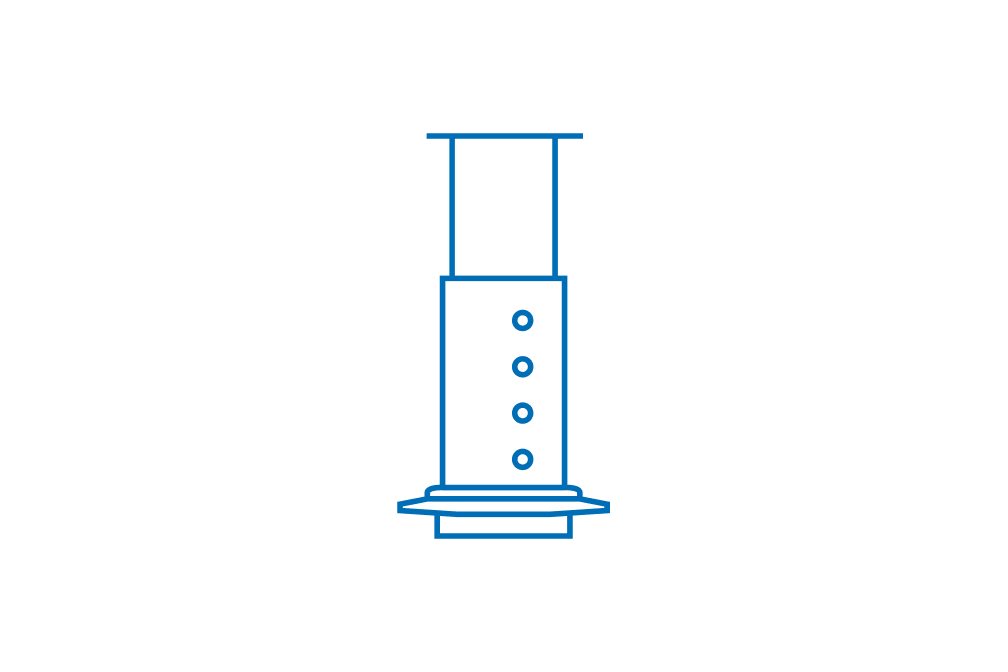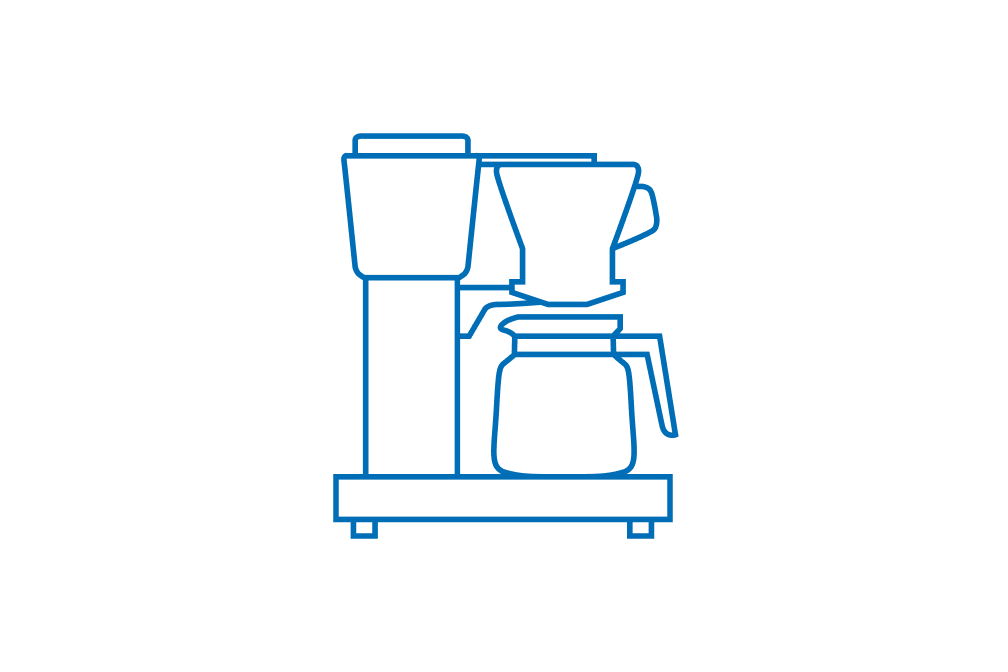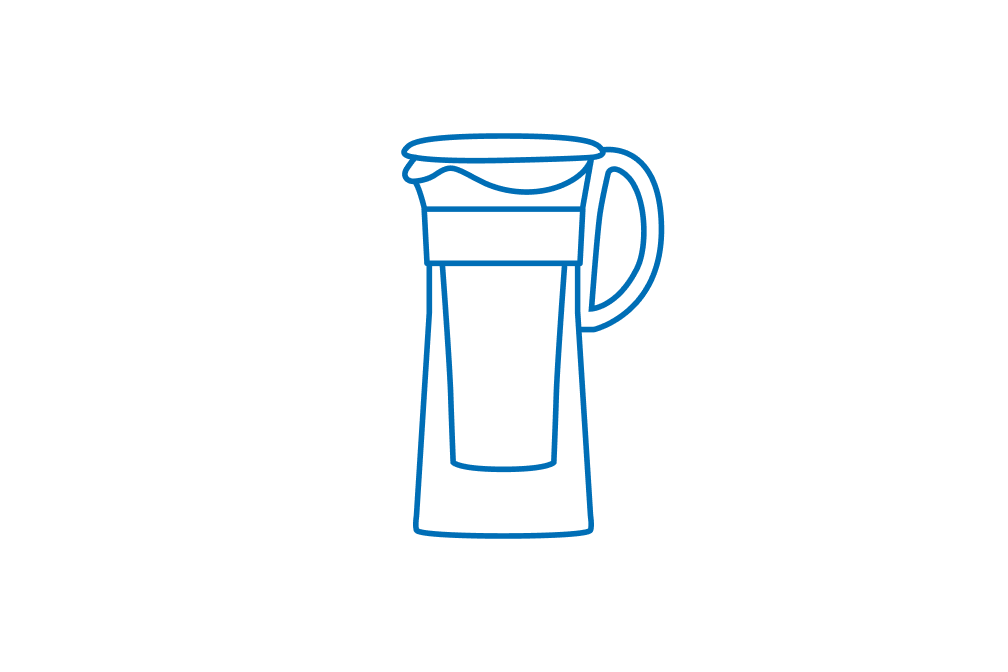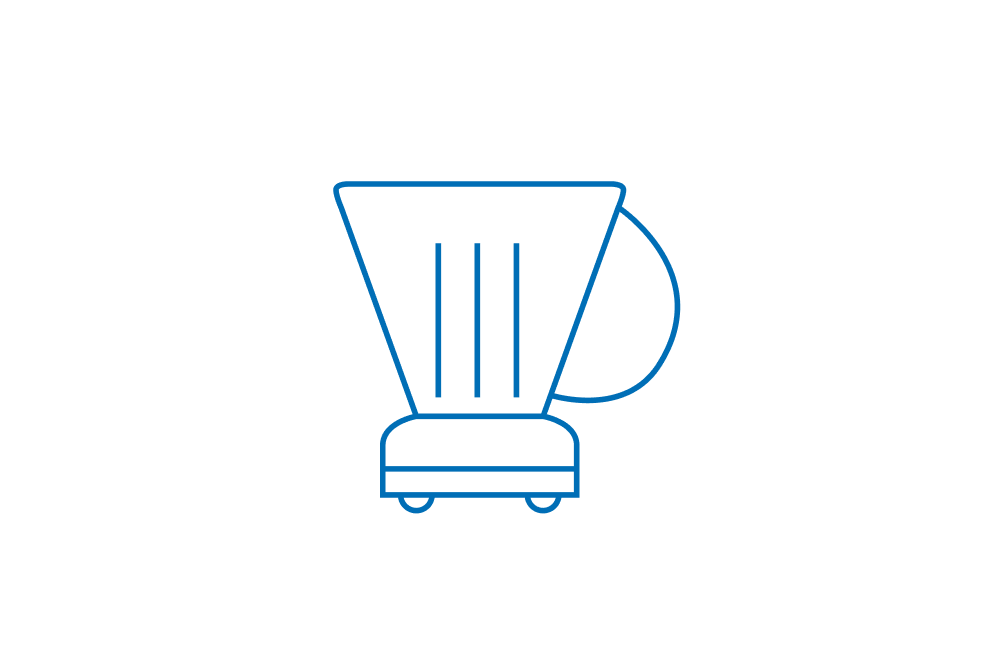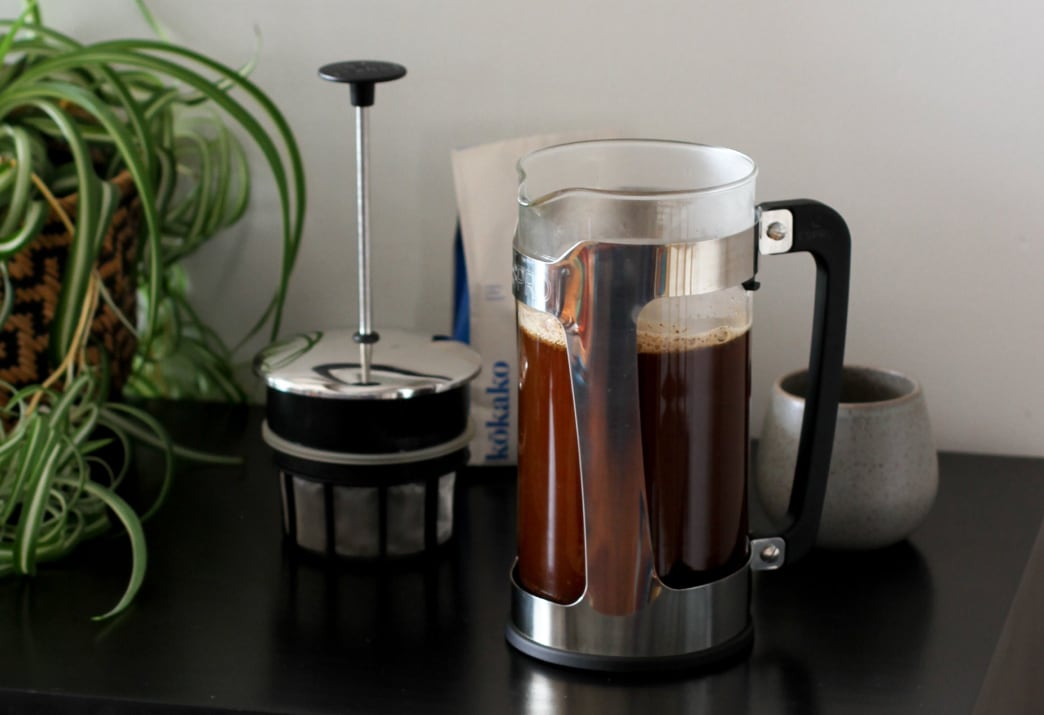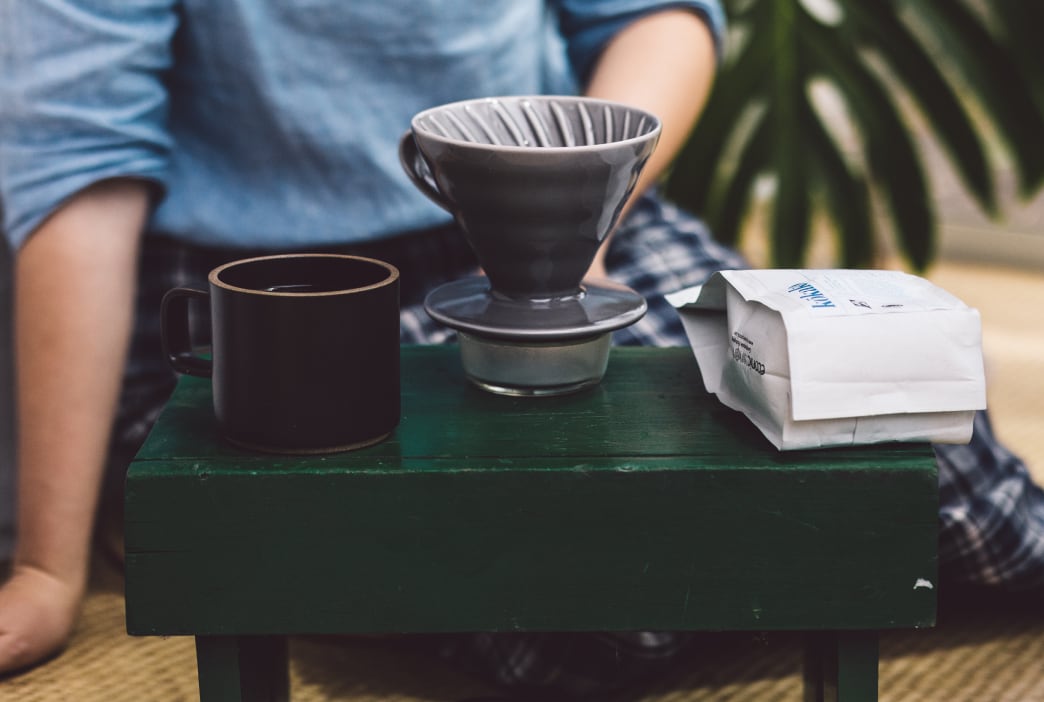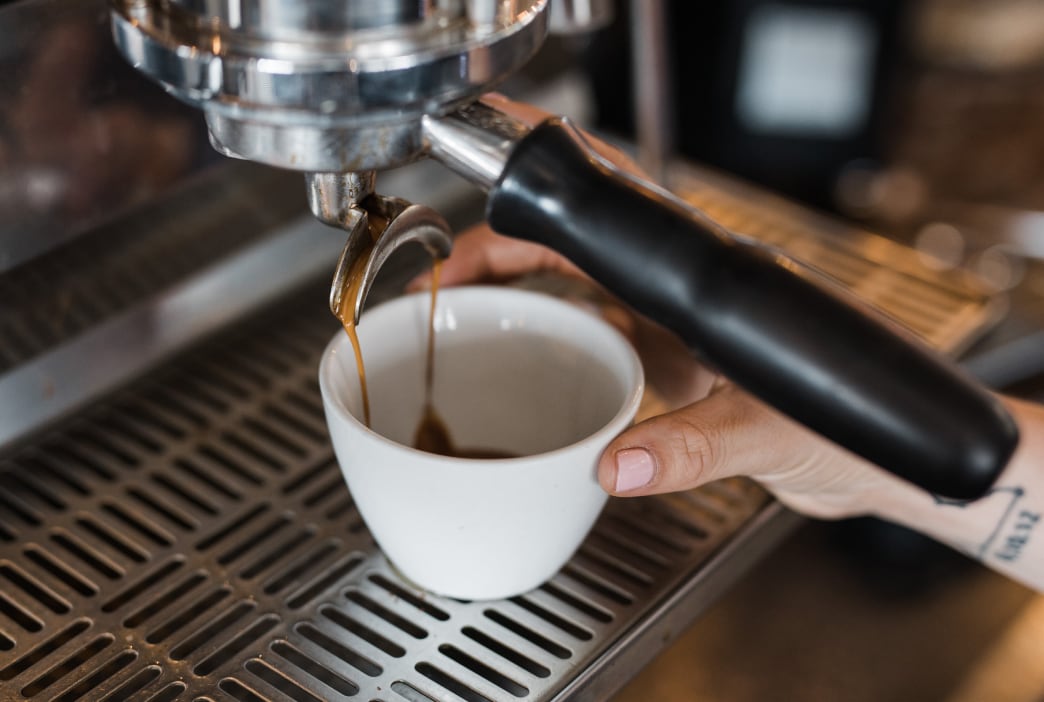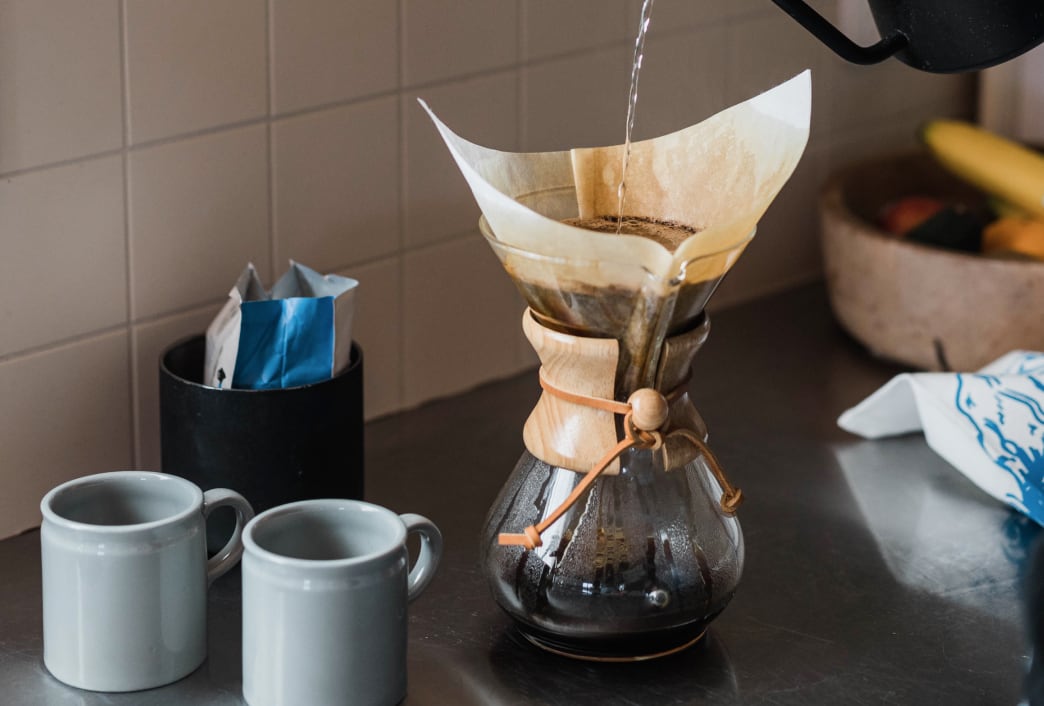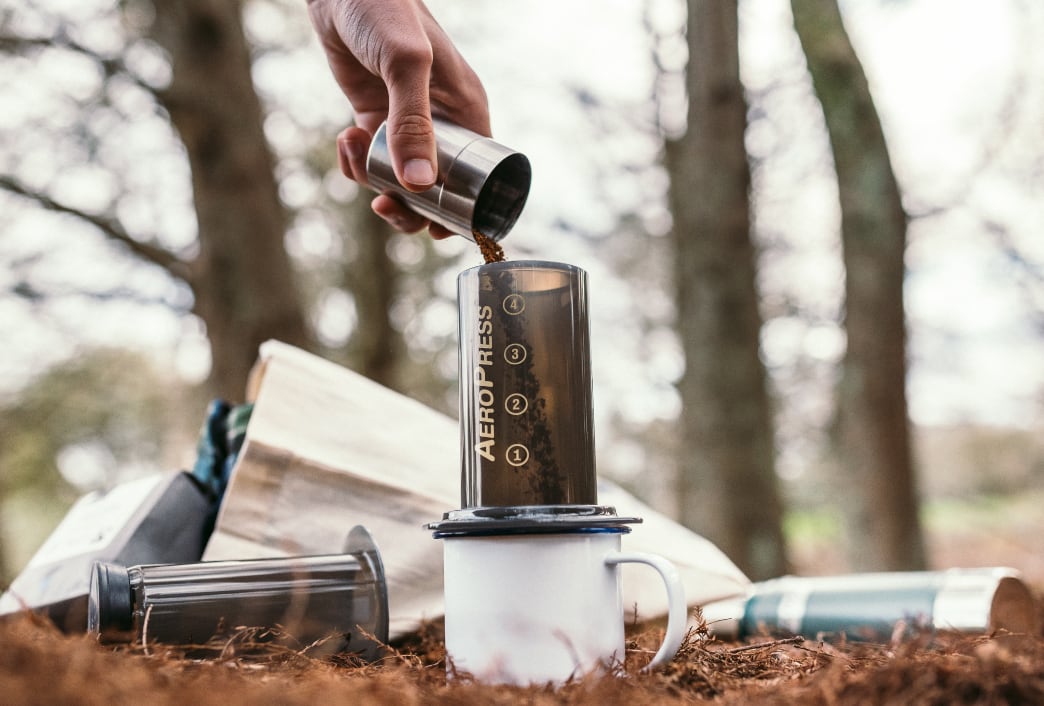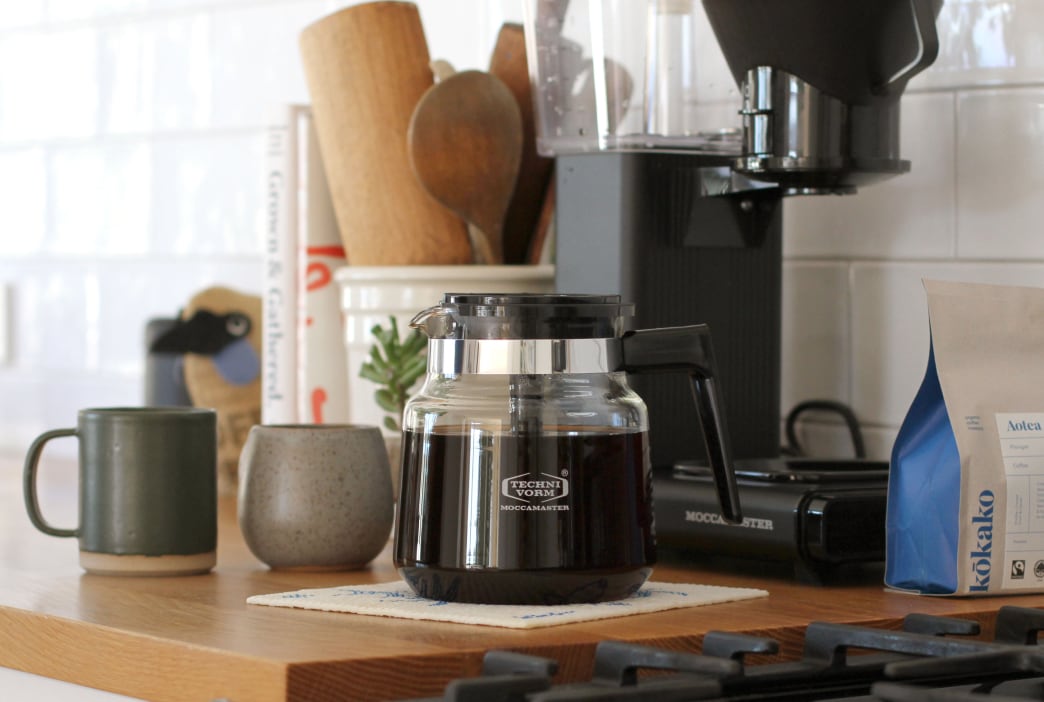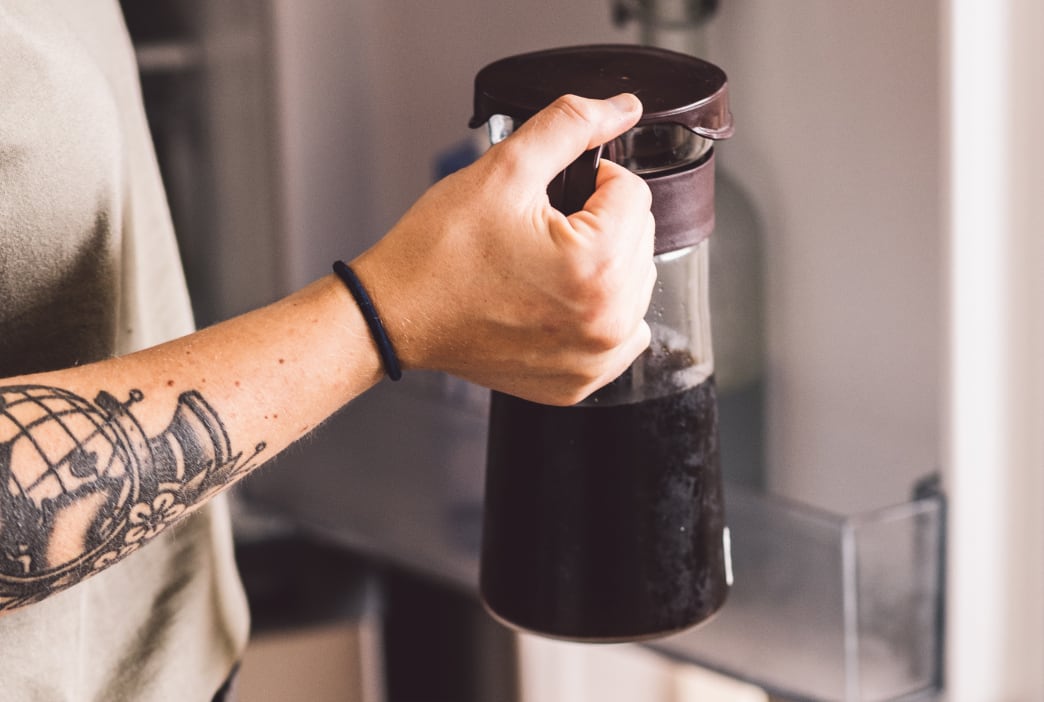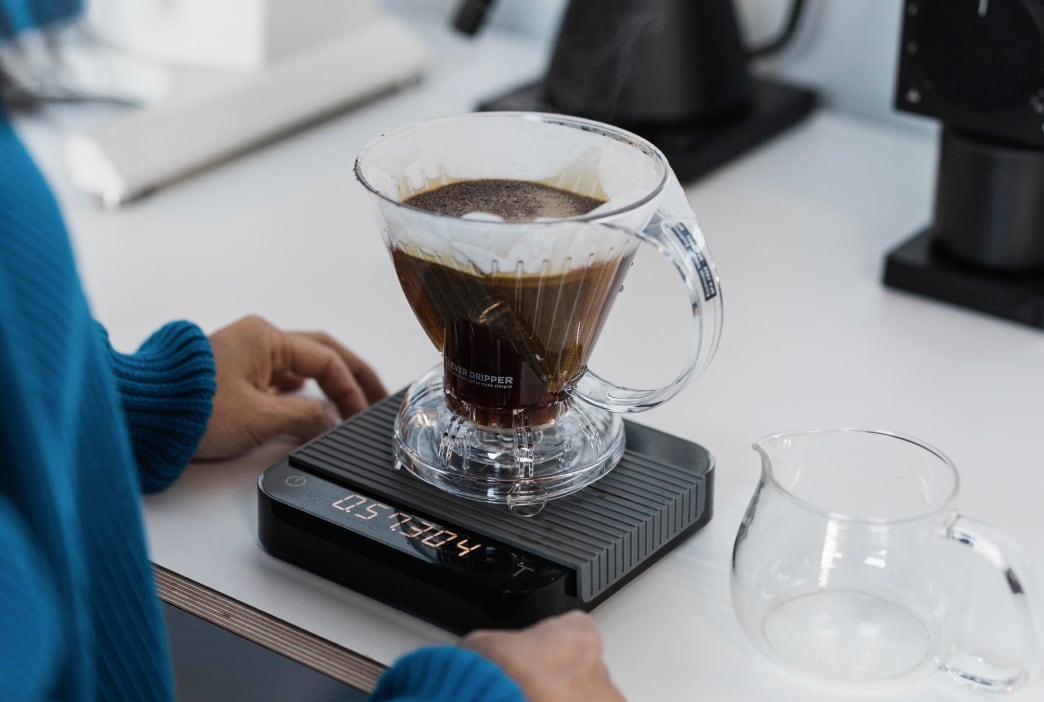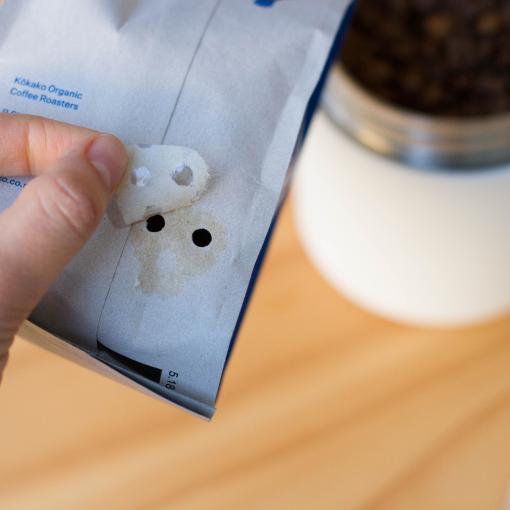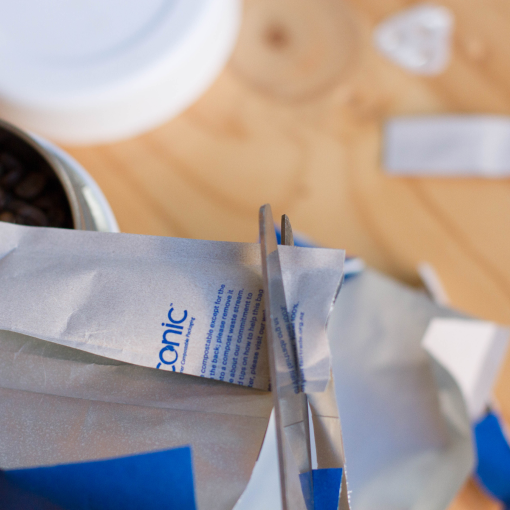Day 5: Purosa
I got up nice and early, had some scrambled eggs and an avo that I was gifted at Keefu Village (the biggest avo I’ve ever seen!) I made a brew with my V60 while Daniel, Norman and Hose watched. Hose said he’d never seen a V60 in the flesh, only online. It was great to be able to talk to them about how the grind size affects the flow rate and flavour – it felt like I was giving a little insight into what I do at Kōkako.
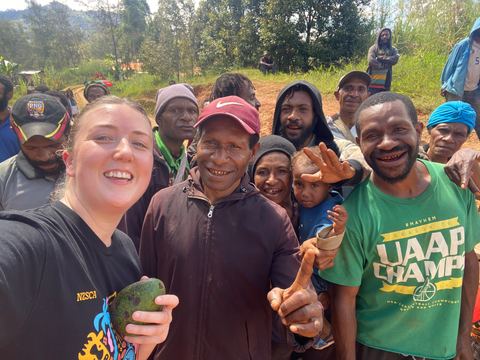
Caz in Keefu Village with avo in hand.
We also chatted about the different flavours that come from different origins. I brought the Colombian Planadas with me so they could taste it. Daniel said that it had a higher acidity compared with the mellow, smooth chocolatey notes of PNG. I gifted Daniel the AeroPress I bought along with a metal filter so he never has to worry about buying filter papers again! It was so fun interacting over coffee and being able to give a little back to them.
We all left the house to head to Purosa Primary School. The plan was to walk to the school but we thought it would be more fun to jump in the back of a truck and catch a lift. About 15 of us piled in and I was honestly gripping onto this truck for dear life! It was such a bumpy ride – the road was pure slush with loads of dips and hills. We got stuck in the mud a few times and had to jump up and down to get us out. I was screaming like I was on a rollercoaster and my arms were so sore from holding on by the end of it!


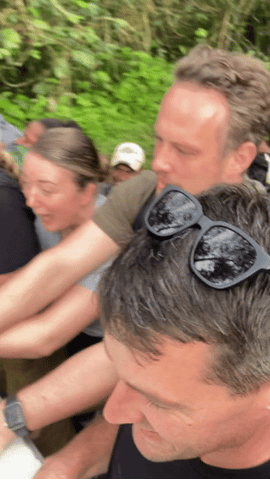
Fast facts about Purosa and the Okapa District:
— HOAC covers the whole of Okapa Region
— There are 12 districts in the Okapa Region – Purosa is 1 of them
— There are over 2,000 coffee farmers in Okapa Region, supporting 12,000 family members
—The Purosa District is 500km2 with 32 villages in it
— Every March, HOAC holds an AGM where a representative from each district comes together to discuss what projects to plan for that year using their Fairtrade Premiums. 25% is used for production improvement or quality control and 75% for the community.
Purosa Primary School
When we arrived at the school, all the kids were in their school uniforms. Even though it was school holidays, they came in especially. The kids were standing in two lines, facing each other to make a path for us. As we were walking through, a lovely girl gave me a beautiful bunch of flowers with pink, yellow, purple and orange colours.
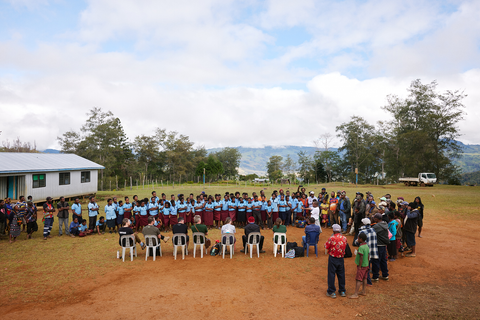
We were welcomed to the school, then Norman Nayak (Fairtrade Liaison Officer) got up to speak. He has such a presence! To paint a picture, Norman asked the kids to volunteer and started explaining the coffee supply chain. Each kid represented a different part: The farmer, exporter, road side driver, importer, roaster, consumer and Fairtrade. Norman explained the benefits of connecting us together. The kids were so engaged!
Hose got up to speak and I really liked the point he was getting across — he thanked all the mums and dads who pick and process the cherries and asked the kids to thank and support their parents, and recognise how hard they work for the community.
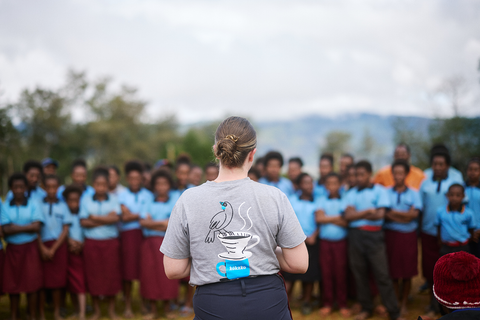
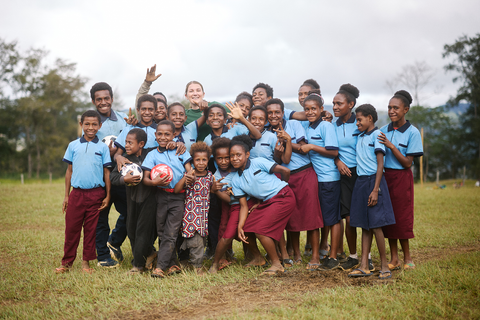
We all took turns to speak and give gifts. Afterwards, everyone started having a kick about with the footballs that Alice (John Burton Limited) had brought. Football isn’t my strong suit so I mingled and took photos with the kids. We made up hand shakes, played thumb wars and I did an Irish dance. It was nice to be silly with them and make them giggle.
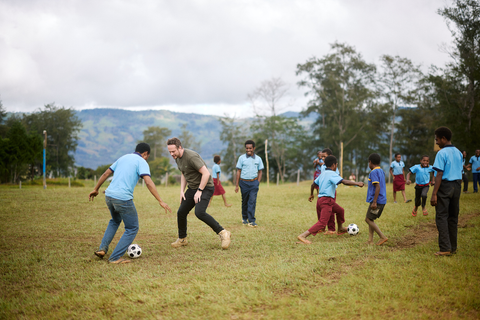
When it was time to leave, Matt (Good Fortune) and I decided to walk back. I wasn't getting on that truck again… no way! We had a really nice chat and I opened up quite a lot to him – the seven of us who have come on this trip have really connected. Living without a phone, TV, or a generally busy lifestyle really opens up your mind. For people in PNG, family comes first – they have such a strong bond with each other and it’s really special.
We came across a woman on the side of the road who was sitting there with a box of medicine. She was a nurse and was giving out vaccinations for Rubella and Polio.
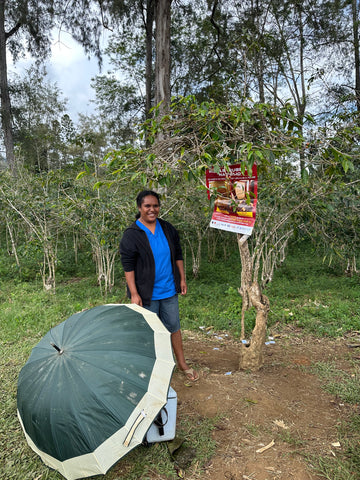
Norman’s Training
Once we got back to base, Noman’s outdoor training was well underway. We sat in on some of Norman’s session. There was a massive turn out of around 300 coffee farmers! Everyone gathered outside in the scorching sun and sat in a circle for hours, with Norman in the middle. Norman asked the group to raise their hand if they were coffee farmers. The majority of the group raised their hands. Norman asked the group to raise their hands if they drank coffee – with the seven of us included, only about 15 people put their hands up.
Before leaving for PNG, I’d been told that most of the coffee farmers didn’t actually get to drink the coffee since they didn’t have access to roasters or brew gear. Even still, I found it quite shocking. Imagine spending your life growing something and never being able to taste the finished product. It made me excited for my session with the farmers – I was doing a cupping (coffee tasting) so they would finally get a chance to taste how amazing their coffee is.
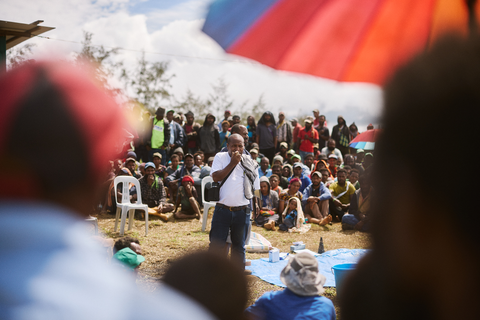
Normal had a pulper, bags of coffee cherries and colour sorters. I was getting set up for our part of the training, so I only caught a bit of his but I watched some of the farmers sorting through the different cherries, putting them in order from green to over ripe. You could so easily strip the entire branch, but the fruit doesn’t ripen at the same time, so pickers need to pick each individual cherry by hand – one at a time. It’s a huge effort, picking this way – especially because they get paid in weight. But Norman explained that the quality of the bean would be compromised if it was picked too soon because the sugars won’t have developed in time. He explained that extra effort will be beneficial for farmers in the long run.
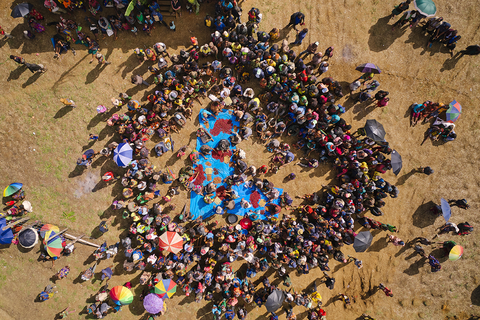
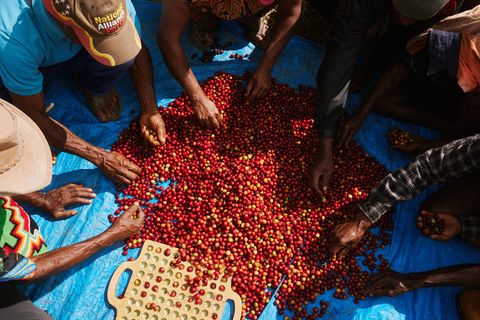
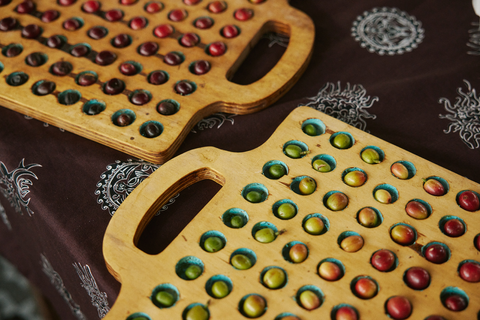
During Norman's training I got chatting to a farmer who explained to me his daily routine. He told me that he picks from 8am–4pm, then carries the bags of cherries on his head back to the village where he pulps the cherries, puts them back into the bag and lets them ferment for 1–2 days. After 2 days, he takes the beans down to the river or water station to wash the beans in buckets (usually for about an hour). He then brings the washed beans back to his home and lays them out to dry for about 3 days. Once the beans are dry, they're bagged up and he walks for 4 hours to the roadside and waits for a truck to come and pick up his beans, where they are then taken to the dry mill for the parchment to be removed. Some farmers will drive their beans all the way to Goroka but not everyone has access to a vehicle, so many of them will walk for hours or even days to get to a spot where their beans can be picked up.
Our coffee training
We set up in a big indoor space that they had built especially for our visit – about 150 people fit in the room. In true PNG style, there was no set time for the training to begin. So we took our time, playing around with the 2 small batch roasters that had been left out for us. Lee (Prima) was definitely in his element and we chatted with some farmers that were super interested in how the roasting process worked. I was trying to get my laptop connected to the projector so I could show my videos but me being the technophobe that I am, I had no idea what to do!
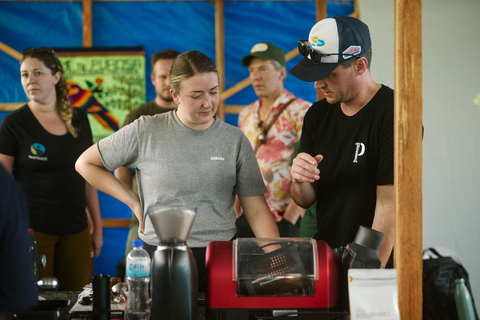
We had this idea to roast freshly dried green beans from different areas of HOAC, so Lee started working on that. As Lee was roasting, we also planned to set up a cupping table with the components of the Aotea Blend but we were just waiting on a couple of tables, cupping bowls and hot water. Then the room started to fill up and up and up and people were waiting for a while. I was panicking inside that everyone had to wait but tried to play it cool on the outside.
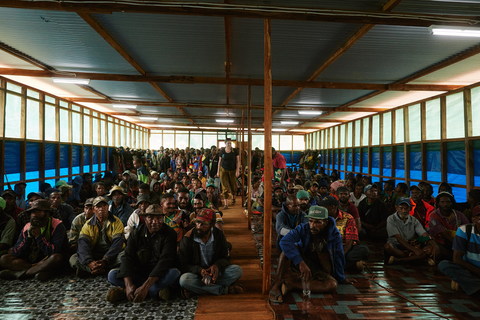
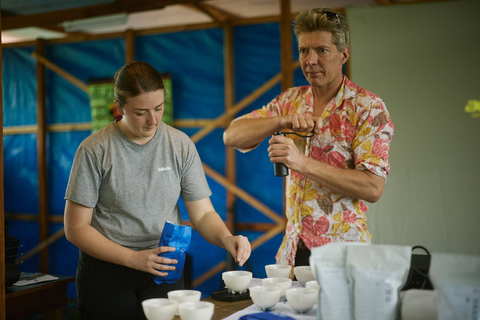
When we got all the equipment together we started to get everything ready – grinding the coffee for the cupping and brewing everything up. Then I addressed everyone – first apologising for the wait before getting this cupping in action! I had six cupping spoons so I asked for six volunteers. I explained that cupping is how we taste the coffee at the roastery to QC it or to develop new coffees.
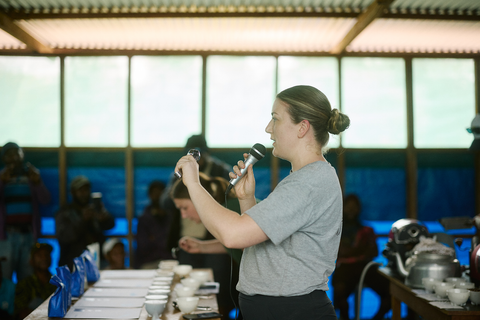
One by one, each person came up and tasted each coffee. Alice started the cupping with the fresh green beans with a different group; Lee brewed some plungers and passed it around so those who weren't doing the cupping could still get a chance to taste.
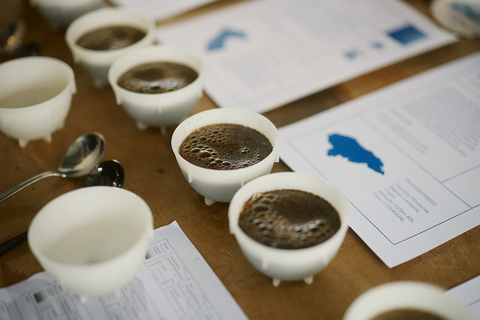
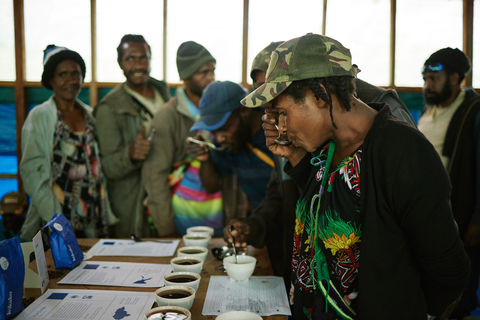
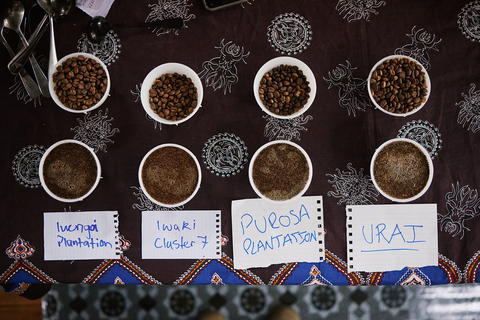
God love Nadia (Fairtrade) and Norman – they’d been trying to get the projector working but it was no good. So I took out my laptop and sat down with a big group of people to show them the videos I’d taken of the roastery, cafes, and John Burton Limited. People were nodding their heads and giving thumbs up. It was a great atmosphere with people getting involved in all the different things that were happening. Matt was showing videos too and Nadia was showing pictures to different groups. Everyone got some insight into what happens to the beans after we receive them. Some got to taste it, some got to see it, but no one missed out.
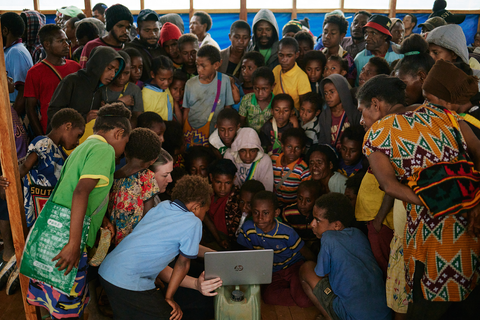
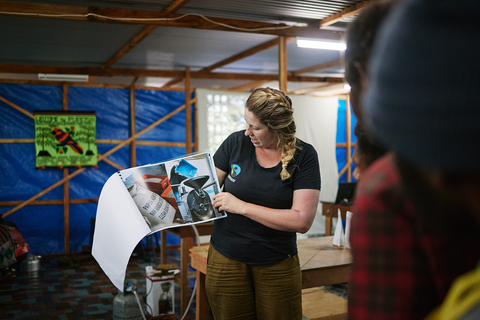
One farmer asked me if people like their coffee. I couldn’t have answered more loudly or proudly – I told him how amazing and chocolatey the coffee is, that it’s great quality and that people really love it. I just wanted to give him that reassurance that they are doing an incredible job.
It was a big day for everyone; slowly people would leave and it gave us time to pack up and head back to the house to relax. I was so happy with how it went. The main focus was to give back and I feel like we all did, in bucket loads.
The feast
Earlier that day, a few people had prepared three Cassowary Birds, which had been caught especially for dinner that evening. Apparently they’re worth over $1,000 USD each! It was my first introduction to a Cassowary bird… they’re huge, growing up to 6ft tall. Apparently they’re the most dangerous bird in the world using their massive claws to attack and hunt. They wrapped the meat in banana leaves and tin foil, then put them in a pit with hot stones to cook slowly throughout the whole day. They call this a mumu and it’s very similar to a hāngī.
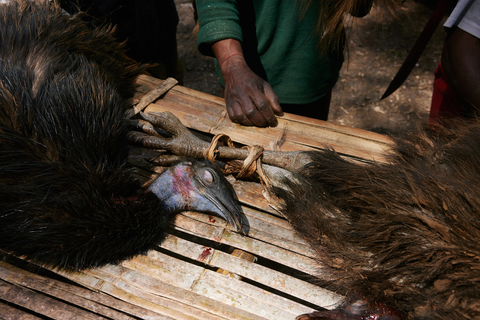
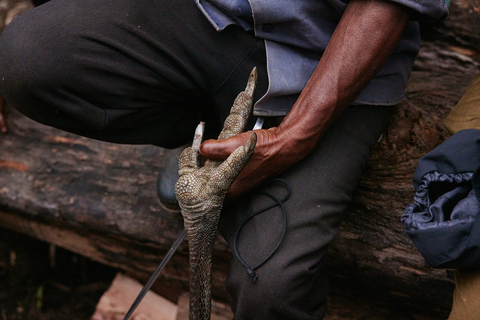
When we came back from the training, I was watching and admiring as people were getting everything prepared for the feast. To see the amount of conversation, planning and effort put into preparing a lovely meal for us just made me so emotional – not just with the food, but with everything – the sheer amount that they gave to us, I just couldn't get over it. My heart was bursting.
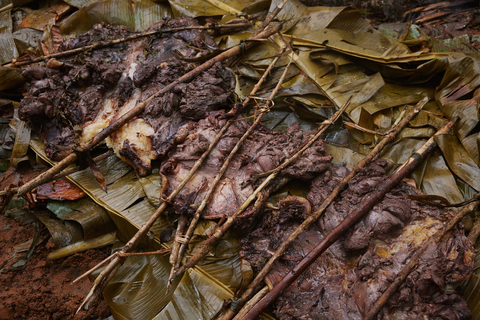

Then it was time to eat. The spread they had laid out for us was fantastic, not only cassowary but pork and goat as well, accompanied by lots of rice and veg. We tucked in sharing chit chat about the day. Afterwards, Daniel made a very powerful speech. This is what he said:
“There were people that came from different districts of Okapa. These very people were not on good terms with each other; we were fighting each other for sometime and now that you have come, you have put our face to the bean and have helped us. You have really helped us see that we are not a bunch of people out here in the darkness… lost. We are part of a global family. We are a part of this great Fairtrade family and your presence here has demonstrated that. You are not alone, we are with you, we are a part of you.”
It was an incredible way to end an amazing day. His words really hit us. We didn't realise how much this trip would impact everyone and unify them – it was about so much more than coffee.
We're heading home tomorrow and it feels like we are just getting started.
Day 6: Purosa > Goroka
Cherry picking
In the morning, we packed up and left Papa Kinnes house then walked to pick some cherries. There were coffee trees dotted all around, so they just picked a little spot for us to do some picking.


Norman teaching the group about picking coffee cherries.
We divided into pairs (myself with Lee) and each went off with a family. The kids in the families were on school holidays, so they came along too. They showed us how you bend the top of the tree all the way down and hold it between your legs so that it doesn’t spring back up. Then you pick the cherries and put them into a bag. We saw a tree that we thought looked good so we went over to it. All of a sudden everyone started shouting ‘no, no not that one!’ There was a big ants nest at the top and the tree was infested – spot the amateurs!

It was such a luscious, green environment. The trees are just grown in their natural form amongst other big trees that provide shade and fix nitrogen to the soil. They also plant smaller trees amongst them to manage weeds. Nothing gets sprayed.
It wasn’t what I expected. I thought all the trees would be in uniform lines. I did some grape picking in Australia and I thought it was going to be like that – just going up and down the rows. But it was almost like foraging in a forest. It was really cool.

The only problem they really face is an insect called a Coffee Berry Borer. The insect climbs up the tree and lays eggs in the cherries. The larvae eat the beans from the inside. When the insect matures, it crawls back down the tree to the roots and the process starts again. The cherries still look ripe and red, so you can’t tell they’ve been affected until you pulp them. Luckily HOAC hasn’t been affected by them yet, but in Goroka they’ve had some issues with it. They avoid and treat it by pruning the trees after harvest season and cleaning up the area by the roots, where the insects live. No insecticides, just organic best practice.
After about an hour or two, we carried the cherries down. They told me to put the strap of the bag around my head to make it easier to carry down the hill. It gave me an insight into what they have to do every single day – carrying these 30kg bags to the roadside.
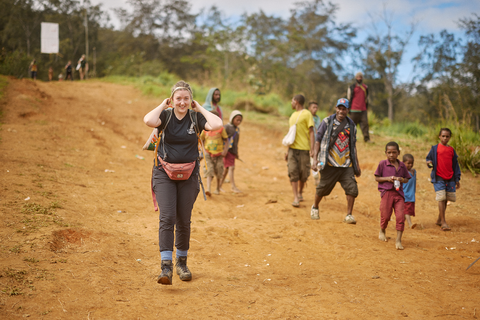
Then it was nearly time for us to go. As we got back to base, four ladies started singing and the crowd started getting bigger and bigger and bigger, gathering around us. That’s when it got emotional – it was starting to sink in that we were really leaving.
We had a few more footballs left, so we gave them out and I received my third bilum. We played football for a bit and just enjoyed being in their company before it was time to go.
As we were driving away, I just felt so upset. I could see all these faces of people I’d met and learned from over the past couple of days, that I’d gained such a love for. Leaving them was hard, knowing it was unlikely I’d ever see them again.
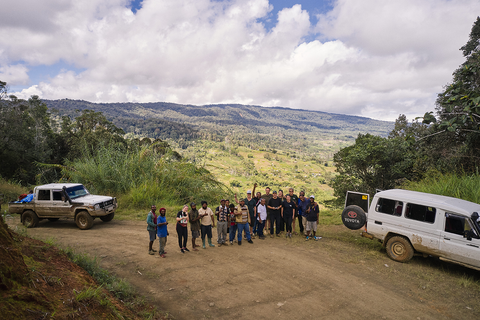
That night, we went to the Aero Club, had a few SPs (local beer), reflected on everything and just relaxed and laughed. We were on such a high from the trip as a whole. It was honestly the best experience of my life and I am so grateful that I got to experience it. I couldn't wait to get home and tell everyone about it.
Now that you’re home, let’s reflect on your trip.
What did you learn?
Fast facts about PNG:
— It has a population of nearly 9.5 million people
— 2 million people grow and sell coffee beans
— Coffee is the number 1 cash crop in the Highlands
— 839 languages are spoken there
— The national bird is the Bird of Paradise
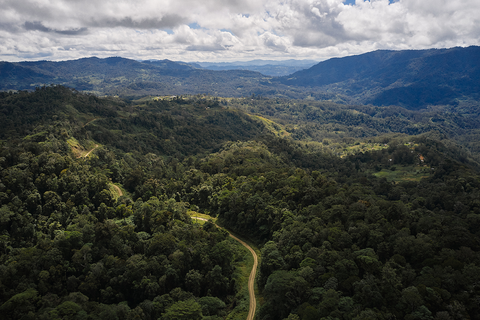
I learned so much and I feel like I can pass on that knowledge with confidence in my trainings.
Every origin is so different, and I couldn’t get over how undeveloped PNG is with their process. To put it into perspective:
— They pick every coffee cherry by hand while other countries have harvesters.
— PNG were only introduced to pulpers 5 years ago. Before this they were pulping by hand using a stone.
— Some villages in PNG still don’t have pulpers, so they have to carry the cherries to the side of the road to get processed. Imagine how many more beans they could fit into their bags if they’d been pulped already, and how much more money they would earn.
— Some places have taps to wash the beans, but a lot of them are still washing them in the river.
— They also ferment the beans in the bags they’re picked in – no fancy barrels.
— Then they dry them out on sheets on the ground – those raised drying beds are so much more efficient.
— And I still can’t get over the fact that they’ll walk hours or even days, carrying 30kg of beans or cherries to the roadside to be picked up!
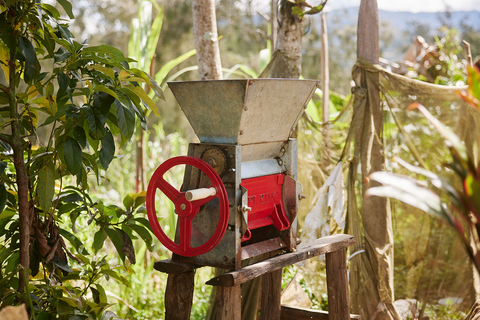
A pulper supplied by Fairtrade.
There is just so much work that goes into every single step of the process but there is progress. If it wasn’t for Fairtrade, they wouldn’t have any pulpers or taps or raised drying beds. Let alone all the community projects that have been made possible with the premiums. It’s just so, so important to buy Fairtrade products.
The more people buy, the more support the producers will receive. Paying a little extra is so worth it because it goes such a long way, and they really need it. But until you’ve experienced it for yourself, it’s hard to truly appreciate that.
What would you say to people who haven’t been to PNG?
I cannot say enough – look for the Fairtrade mark when you’re shopping. Buy products that are Fairtrade certified. One word – not two. You’ve got to look for the Fairtrade symbol to guarantee that the money is going to the right places and the system is being audited. It’s so important.
What had the biggest effect on you?
The people – they’re so incredible. For all that they need, you wouldn’t think they need anything. They’re just the happiest, most generous people I’ve ever met. They couldn’t have done enough for us, from the welcome, to the house we stayed in, to the feast – they put so much effort in. And they were so open and engaging.
I wanted to acknowledge and engage with as many people as I could – smiling, saying hi, taking selfies, talking – anything to try and give back even a little bit, but nothing could have topped what they’d done for us. They took such amazing care of us but it should have been the other way around, and that makes me quite emotional. I’ve fallen in love with Papua New Guinea and the wonderful people in it.
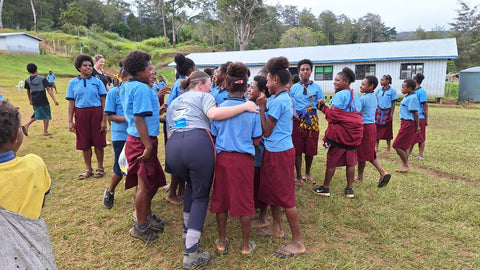
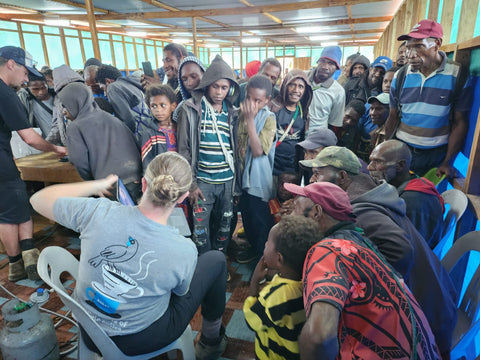
Has the trip changed you in any way?
It’s made me rethink what’s important. If the people in PNG can be so happy with so little, do we really need everything we have? Family is important, people are important, building relationships is important – but all the rest? We have more than enough of everything, maybe too much.
Where to from here?
I just want to keep sharing my experience and helping people to understand how incredible PNG is and the importance of what Fairtrade is doing. I’ve got a lot more stories to share!
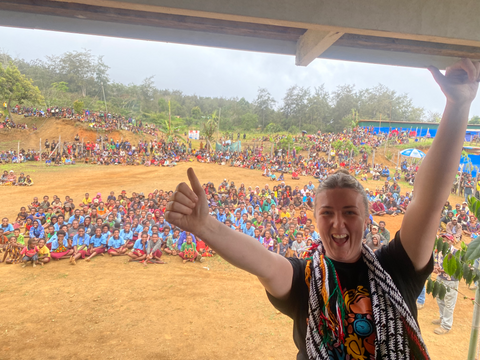
Photos by Josh Griggs with supporting images and videos from Caz Orr.
Share
Back to articles
